AN ALASKA ROAD TRIP IS A GRAND ADVENTURE!
Alaska's Grand Circle is a loop route that begins in Tok and utilizes all four segments (1082 miles) of Alaska’s Interstate Highway system: Tok to Fairbanks on AK-2 (Interstate A-2); Fairbanks to Gateway (near Anchorage) on AK-3 (Interstate A-4); Anchorage to Soldotna on AK-1 (Interstate A-3); and Anchorage back to Tok on AK-1 (Interstate A-1). Most of the major towns in Alaska, as well as many of the state's most scenic areas can all be reached from this loop, which includes three of Alaska's National Parks.
On my own Alaska Road Trip, I came to the end of the Grand Circle when I drove from Glennallen to Tok. I’d been to Tok once before, on my first day in Alaska, passing through on my way to Fairbanks when I rolled in from the Yukon on the Alaska Highway. That first time, I stopped just long enough for a good breakfast at Fast Eddie’s. This time I stayed the night, and discovered that there was more to Tok than my fleeting first impression. With a population of almost 1,200, it’s one of Alaska’s larger towns, and it’s beautifully situated, with stunning mountain views of the nearby Alaska Range.
Most Alaska Road Trippers leave the state the same way they came in, on the Alaska Highway. They simply reverse course, and drive from Tok back to the Canadian Border; from there, it’s on to Beaver Creek and points east in the Yukon. That was my original plan, but in the course of my travels, I’d come up with something different.
When I first arrived in Alaska, I stopped in at the World’s Northernmost Denny’s, and I struck up a conversation with a couple at the next table. They were local people, and they gave me two great suggestions: told me I should check out the World Eskimo Indian Olympics, an annual event taking place that very week in Fairbanks: <<Click here for more info and many photographs>>
Two-foot high kick
Olympic gold!
They also told me that when I left Alaska, I should drive north from Tok to a place called Chicken, and from there, take the Top of the World Highway to Dawson City, across the border in Canada. “If you catch that road on a clear day,” they said, “you can see for a hundred miles. It’s more amazing than anything you’ll see at Denali!” Their tip about the WEIO had been spot on–I sincerely enjoyed what I saw at that event, which was undoubtedly the most “Alaskan” thing that I experienced during all of my time in the state. I figured their ‘Top of the World Highway’ recommendation had to be equally worth my while–but there was going to be chance involved. I’d been warned: that business about catching it on a clear day.
I knew from experience that clear skies in Alaska were both rare and fleeting, but I also knew the best way to stack the odds. The weather service predicted heavy rain for most of the next week, but the forecast for the following day showed “partly cloudy” in and around Chicken from mid-day until late afternoon. That was as much of a window as I was likely to get. I spent a pleasant night in Tok, and took off early the next morning, headed for the Yukon, and points east.
THE TOP OF THE WORLD!
The Taylor Highway, AK Route 5, is one of Alaska’s secondary roads. It begins in Tetlin Junction, 12 miles east of Tok on the Alaska Highway, and takes you 160 miles north to the little town of Eagle (population 86). On the way, you pass through Chicken, and about 30 miles north and east of Chicken, there’s a road junction. The Taylor Highway continues due north to Eagle, while the Top of the World Highway, which begins at that junction, splits off to the east for a total of 79 miles. The picturesque highway crosses the border into Canada, and ends at the banks of the Yukon River, in the Klondike Gold Rush town of Dawson City. From there, you can follow the Klondike Highway 330 miles south to Whitehorse, where you can rejoin the Alaska Highway.
Click maps and photos to expand the images to full screen.
The Alaska Highway: The Back Road Out
Frost heaves! Photo from Google Images.
The first 60 miles of the Taylor Highway was paved, if you could call it that. I’d never seen so many frost heaves—sections of road where the pavement has been buckled by expansion and contraction of the water-soaked soil beneath the road bed, which alternately freezes and thaws with the changing seasons. They’re usually marked, but not always; (they say you haven’t really lived until you’ve hit unexpected frost heaves at highway speed). Once that rippled pavement ended, the road pretty well went to the dogs. I’d never seen that many potholes! They would have been better off scraping away the last of asphalt and making a plain dirt road out of it.
Mr. Eggee, Chicken, Alaska
The area around Chicken was so foggy I could scarcely see the road at all. Chicken started as a mining camp during the Klondike Gold Rush, and it’s one of the very few such places that is still producing gold more than a century later. The mining operations have scaled back pretty dramatically, such that the primary industry in Chicken, with a permanent population of 12 souls, is tourism. Why call it “Chicken”? When the mining camp grew large enough to need a Post Office, back in 1902, residents had to come up with a name for the place.
Miner’s cabin and abandoned gold dredge, scenes in Chicken, Alaska
They wanted to call their town Ptarmigan, which is the Alaska State Bird. Unfortunately, nobody knew how to spell Ptarmigan, so they settled on Chicken, and that’s what it’s been ever since. The Monumental Chicken sculpture is a relatively recent addition. Known as “Mr. Eggee,” the 12 foot tall barnyard fowl has an internal metal framework overlaid with metal “feathers” cut from recycled school lockers. A high school welding teacher and his students made the beast for the annual Chickenstock Music Festival, back in 2012, then had it transported 600 miles from Homer to it’s current place of honor, on a hill above the Chicken Gold Camp RV Park.
The price of gas in Chicken was the highest I’d seen, but I topped up my tank anyway, because there’s a simple truth about the price of fuel in that part of the world: Even the most expensive gas in Alaska is cheaper than any gas in Canada. Significantly higher taxes push Canada’s price at the pump into the stratosphere. Fuel is dispensed by the liter and priced in Canadian Dollars, so while you’re fueling, those dials spin faster than the reels on an old-fashioned slot machine.
It wasn’t looking good for those “partly cloudy” skies predicted in the weather forecast; you can never really rely on the weather report in that part of the world. I didn’t want to hang out in Chicken, didn’t want to go north to Eagle, and I wasn’t about to turn around and drive back to Tok, so I really only had one choice: I put my Jeep in gear, and drove east, to the Yukon!
It seemed like it took forever to cover the 30 miles to the road junction. When I started getting closer, the fog actually lifted, but not all the way, and it left a layer of haze in its wake that cut visibility to a mile at the most. That was disappointing, but I wasn’t giving up just yet.
Hazy view from the Taylor Highway
The rough dirt road gave way to a newly paved modern highway. This was it, the Top of the World, and right on cue, the haze peeled back, just enough to give me a glimpse of the beauty my friends in Fairbanks assured me would be there:
The view from the Top of the World Highway. Better than Denali? If the clouds had all lifted, who knows?
On a clear day, there would have been views of the snow-covered Alaska Range all along the horizon, and there’s no doubt that it would have been a beautiful sight. As for me, I had to be content with deep valleys flanked by verdant mountains rolling off into the distance, before disappearing into blank white space. There was another simple truth in evidence: on an Alaska Road Trip, just as in life, sometimes you just have to take what you can get!
The first indication of the approaching border was the “Welcome to Alaska” sign, facing in the other direction, to greet travelers entering the state on this road.
Poker Creek-Little Gold Creek Customs Post
Just around the bend from the sign was a long, low building painted green, the Poker Creek-Little Gold Creek Customs Post. The United States and Canada share the building, a rare circumstance in the realm of International borders, made even more unusual by the fact that Alaska and the Yukon are in different time zones, meaning one end of the building is an hour ahead of the other; a line painted on the floor marks the border inside the structure. This is a seasonal customs post, in both directions. The border, and by extension, the highway, is open only in the summer months, and only from 8AM to 8PM (Alaska Time); crossings are strictly disallowed outside those hours, and prominent signs make that perfectly clear. My Jeep was the only vehicle in sight, so I didn’t have to get in line, I just rolled up on the building and stopped. After a quick check of my identification, I was welcomed to Canada, no inspection required.
Approaching Dawson City, Yukon, on the Top of the World Highway
The Top of the World Highway continued east from the border, running along the crest of the ridges. The sky was clear overhead, but still hazy along the horizon, so I never did catch the full benefit of those “Top of the World” views. After 50 or 60 miles, the mostly gravel highway started dropping in elevation. I drove around a curve and stopped at a pullout above a bend in the Yukon River, and there, spread out below me, was the gold rush town of Dawson City, tucked in along the banks of the famous waterway.
There is no bridge over the Yukon River at Dawson City, so travelers on the Top of the World Highway, as well as any local people living west of the river, use the George Black Ferry to make their crossing. The ferry runs more or less continuously in the summer months; during the busiest times, the wait can be as much as three hours. Service stops in the winter, when the highway, and the border, are closed for the season. The river itself freezes during the winter. When the ice gets sufficiently solid, an ice road is created to provide access to West Dawson, but that’s as far as you can go until the spring thaw, when they plow the Top of the World, and resume ferry service.
George Black Ferry, Dawson City, Yukon
Scenes in and around Dawson City and the Yukon River
Dawson City is an interesting place. It was founded in 1896, on the site of what was once a fishing camp at the confluence of the Klondike and Yukon Rivers, and by 1898 it had become the primary staging area for thousands of hopeful gold prospectors, seeking their fortunes in the frozen rivers and streams of the Klondike. When the height of the gold fervor ended, in 1899, the population dropped from 16,000 to half that number, but it was still the biggest city in northern Canada, and the capital of the Yukon Territory for more than 50 years. The writer, Jack London, lived in Dawson City in those early years, so many of his most famous stories, including Call of the Wild, are set there.
Today, Dawson City is struggling a bit. When the Alaska Highway was built in the late 1940’s, the route that they chose passed through Whitehorse, missing Dawson by more than 300 miles. To say their economy suffered would be putting it mildly. Whitehorse replaced Dawson as the territorial capital in 1952, and the place went into serious decline. Half a century later, tourism picked up a bit, and because tourists need hotels, restaurants, and numerous services, the old town was at least partially revitalized. Dawson City is a VERY long way from anything else. Four to five hours from Tok via the Top of the World, and at least five hours from Whitehorse on the Klondike Highway. You have to be reasonably serious about wanting to go there, so they’ve done their best to make it worth your while.
What I found when I passed through was a turn of the century gold rush town—partially restored, partially dilapidated original, hanging on tight to their 19th century ambience. The tourists tended to be senior citizens with RV’s, but among the locals, there were a lot of young people. There seemed to be sort of a hippy type community, mostly Canadians from other parts of the country, with a bit of an art and music scene. I stayed in an extremely funky hotel that was well beyond dilapidated. The floors were literally tilting, in several different directions, as if the building was on the brink of collapse.
Scenes along the Klondike Highway, and the Yukon River
The next day, I gassed up my Jeep, and headed south on the Klondike Highway, running parallel to the Yukon River most of the way. I didn’t see that much of the river, since it was mostly hidden by trees. I also didn’t see many other vehicles. In the first half of the drive, I passed two pickup trucks, and after that, I had the entire highway to myself for the next three hours. There wasn’t a single other vehicle, traveling in either direction. In 300 miles, there were no homesteads visible, and almost no towns. It wasn’t exactly desolate, but it had to be the loneliest stretch of highway I’ve ever driven.
This was essentially the same route followed by tens of thousands of desperate men during the gold rush, overland to the Yukon from the coast of Alaska, then up the Yukon River, by boat when it wasn’t frozen, and by any means possible the rest of the year. I tried to imagine it, just a bit more than a hundred years before, and it brought to mind the poems of Robert Service, the bard of the Yukon, who lived most of his life in Whitehorse. There was one poem of his that has always stuck in my mind. It’s a tale told in verse, about two men traveling the Dawson Trail in the dead of winter. One of them succumbs to the bitter cold, but before he dies, he extracts a promise from his partner:
“I want you to swear that, foul or fair, you’ll cremate my last remains.”
The rest of the poem, The Cremation of Sam McGee. provides explicit details about the difficult execution of that task, but what’s always stayed with me is the first stanza:
There are strange things done in the midnight sun
By the men who moil for gold;
The Arctic trails have their secret tales
That would make your blood run cold;
The Northern Lights have seen queer sights,
But the queerest they ever did see
Was that night on the marge of Lake Lebarge
I cremated Sam McGee.
Lake Leberge, just outside Whitehorse, Yukon
Toward the end of my drive that day, just outside of Whitehorse, I saw a turnoff, and a sign beside the road that read Lake Leberge Campground. I followed the dirt road for maybe half a mile, until I came to a picnic area, on the shores of a large, deep blue lake. I got out of the Jeep and just stood there for a bit, surveying the scene; beautiful, but with the overcast skies and no other people around, it was a bit cold and desolate, even in summer.
“I’ll be damned,” I said to myself. “I’m actually standing on the marge of Lake Lebarge!“
The actual Lake Leberge (which Service spelled “Lebarge,” to fit his rhyme) is actually a widening of the Yukon River that runs for 50 miles, and extends as much as five miles across. The whole thing freezes solid in the winter. Quite apart from its claim to fame in old poetry, it’s a popular recreation area for Whitehorse residents, and I could certainly see why.
Arriving back in Whitehorse was borderline surreal. I’d stayed the night there on my way to Alaska, and that first time through, the town seemed like an exotic, remote outpost, a place you could only get to after days on the road. The remote aspect was still true, but this time, because it seemed so familiar, it almost felt like home, or at least, the first step on the road back home. I’d been traveling for 39 days, and I was still at least 3,000 miles away from the end of the trip. My plan was to rendezous with a buddy who was flying up to meet me in Edmonton, and then we’d travel back south together, following the Rockies through the Canadian National Parks and on into Montana, Wyoming, and Utah. All of that went very well! If you’d like to read about it, start here: Canadian Road Trips: Rolling through the Rockies.
Click any map or photo to expand the images to full screen
This is the final post in this series. To return to the previous post, or to go back to the beginning, click the buttons below:
Some of the text and many of the photos in my Alaska Highway series first appeared on RoadTrip America’s website. A few years ago, I posted a detailed account of my entire 57 day, 13,000 mile “Mother of All Road Trips,” and RTA has kept that account available in their archive of Field Reports. If you’d like to read it, the link below will take you there:
MORE ABOUT THE ALASKA HIGHWAY:
This is an interactive Table of Contents. Click the pictures to open the pages.
Alaska Road Trip
The Alaska Highway: Prelude: The Road to Dawson Creek
Even if you start in Seattle, the closest American city, it’s still more than 800 miles to Dawson Creek, wending your way that much further north, so far north that there will be a noticeable change in the hours of daylight. It’s the latitude that distinguishes the north country, including every bit of Alaska. Dawson Creek is where it all begins.
<<CLICK to Read More>>
The Alaska Highway: Day 1: Dawson Creek to Fort Nelson
Past Fort St. John, the terrain got a lot wilder. No more towns, very few people, and very little traffic. Saw a few U.S. license plates, Michigan, California, Oregon, South Carolina; people that were obviously headed to Alaska!
<<CLICK to Read More>>
The Alaska Highway: Day 2: Fort Nelson to Whitehorse
Every time I rounded a curve in the road there was another stupendous vista; it was nothing short of astonishing! I was literally yipping out loud, and a couple of times I actually pulled over and stopped while I pounded on my chest to “re-start” my heart!
<<CLICK to Read More>>
The Alaska Highway: Day 3: Whitehorse to Beaver Creek
Approaching the mountains, I started pulling over with serious frequency, taking LOTS of photos! Mountains, clouds, lakes, flowers—I was pretty sure I must have died and gone to heaven, but I couldn’t for the life of me remember the fiery crash.
<<CLICK to Read More>>
The Alaska Highway: Day 4: Beaver Creek to Fairbanks
Delta Junction, the end of the Al-Can, was only 200 miles away, and the border? Twenty miles, maybe half an hour, and I was finally going to cross into Alaska! I’d been on the road more than three weeks, and in just half a day more, I’d be in Fairbanks.
<<CLICK to Read More>>
Chena Hot Springs: A Fairbanks Original
The Chena hot spring puts out steaming water at a temperature of 150 degrees, producing enough power to meet all the needs of the resort, as well as filling the hot springs pools used by the guests. In addition to the lodge and restaurant, they offer camping and horseback riding, and they have exhibits featuring sled dogs, greenhouses, ice sculptures, and geothermal energy.
<<CLICK to Read More>>
Two-Foot High Kick: World Eskimo Indian Olympics
Contestants take a running leap, then they make this crazy jackknife move, touch the ball suspended high above the floor with both feet, then come back down and stick the landing. If that sounds difficult? You have no idea.
<<CLICK to Read More>>
Dreaming of Denali
When I drove my Jeep to Alaska that first summer after I retired, my main goal, the single most important thing I wanted to do, was to see Denali, the biggest mountain in North America.
<<CLICK to Read More>>
Follow the Fireweed
Visualize a summertime journey through that part of the world, a world filled with mountains and glaciers and boreal forests, ice blue rivers, turquoise lakes, and billowing clouds that fill the sky. Imagine your vision as a beautiful piece of music. The fundamental, underlying theme of that symphony would be a gently rising swell of perfect harmony, pinkish lavender in its hue.
<<CLICK to Read More>>
Kenai Fjords National Park: Seabirds, Glaciers, and Whales on the Wild Coast of Alaska
At this latitude, during the summer months, the sun stays low in the sky all day, and never really goes down. The traditional “golden hour” when the light is best for landscape photos is extended accordingly, and there are more opportunities for great shots than you’ll know what to do with.
<<CLICK to Read More>>
Kenai Fjords National Park: Exit Glacier: Up Close and Personal
Compared to the huge tidewater glaciers that flow directly into the sea along the coast of Kenai Fjords, Exit Glacier is just a baby–a baby that’s getting smaller every year–but it’s still big enough to permanently alter the landscape through which it passes.
<<CLICK to Read More>>
Alaska Road Trip: Driving Alaska’s Grand Circle
Most of the major towns in Alaska, as well as three of the state’s incredible National Parks, can all be reached by driving Alaska’s Grand Circle: a loop route beginning in Tok that utilizes all four segments (1082 miles) of Alaska’s Interstate Highway system.
<<CLICK to Read More>>
Alaska Road Trip: The Grand Circle: From Tok to Denali
There are no icy mountains looming on the horizon, and Fairbanks is nowhere near Alaska’s ruggedly beautiful coast. The true beauty in Alaska’s second city is found below the surface, in the spirit and resiliance of the people who make the place their home.
<<CLICK to Read More>>
Alaska Road Trip: The Grand Circle: Anchorage and the Kenai Peninsula
The massive ice field in the park’s wild interior has spawned dozens of glaciers which, over the course of many millenia, have carved the landscape into fjords so heart-breakingly beautiful, humpback whales swim all the way from Hawaii just to cavort in the deep blue water.
Alaska Road Trip: The Grand Circle: Wrangell-St. Elias National Park
So, just exactly how big is Wrangell-St. Elias National Park? You could combine Yellowstone with Yosemite, throw in the entire country of Switzerland, and you still wouldn’t match it in terms of size.
<<CLICK to Read More>>
There’s nothing like a good road trip. Whether you’re flying solo or with your family, on a motorcycle or in an RV, across your state or across the country, the important thing is that you’re out there, away from your town, your work, your routine, meeting new people, seeing new sights, building the best kind of memories while living your life to the fullest.
Are you a veteran road tripper who loves grand vistas, or someone who’s never done it, but would love to try? Either way, you should consider making the Southwestern U.S. the scene of your own next adventure.
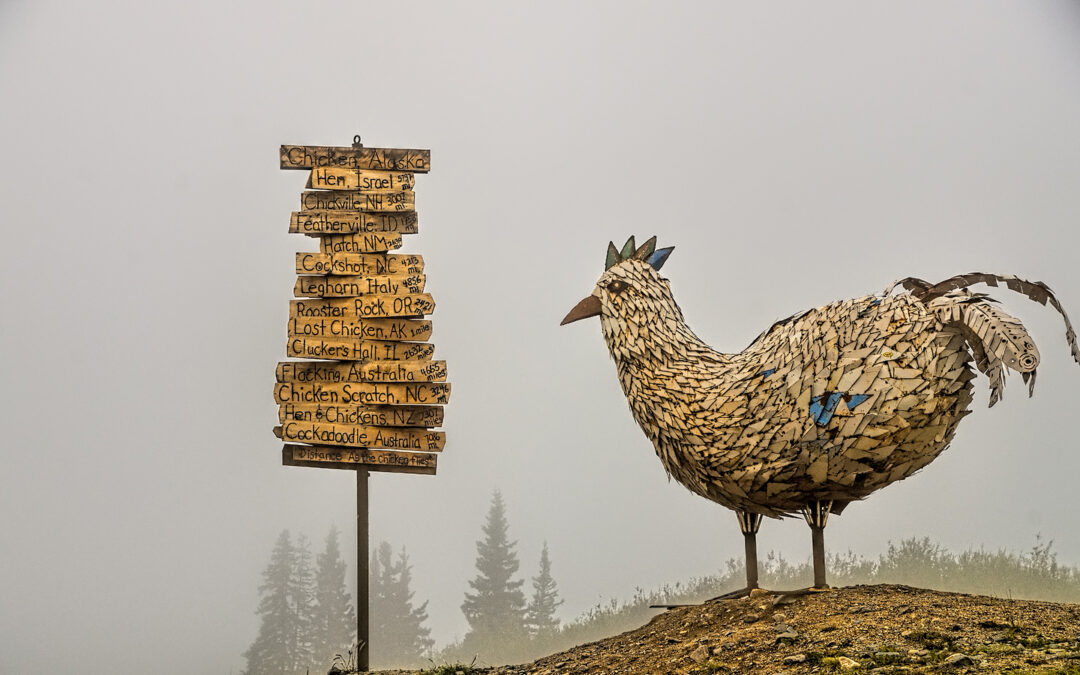
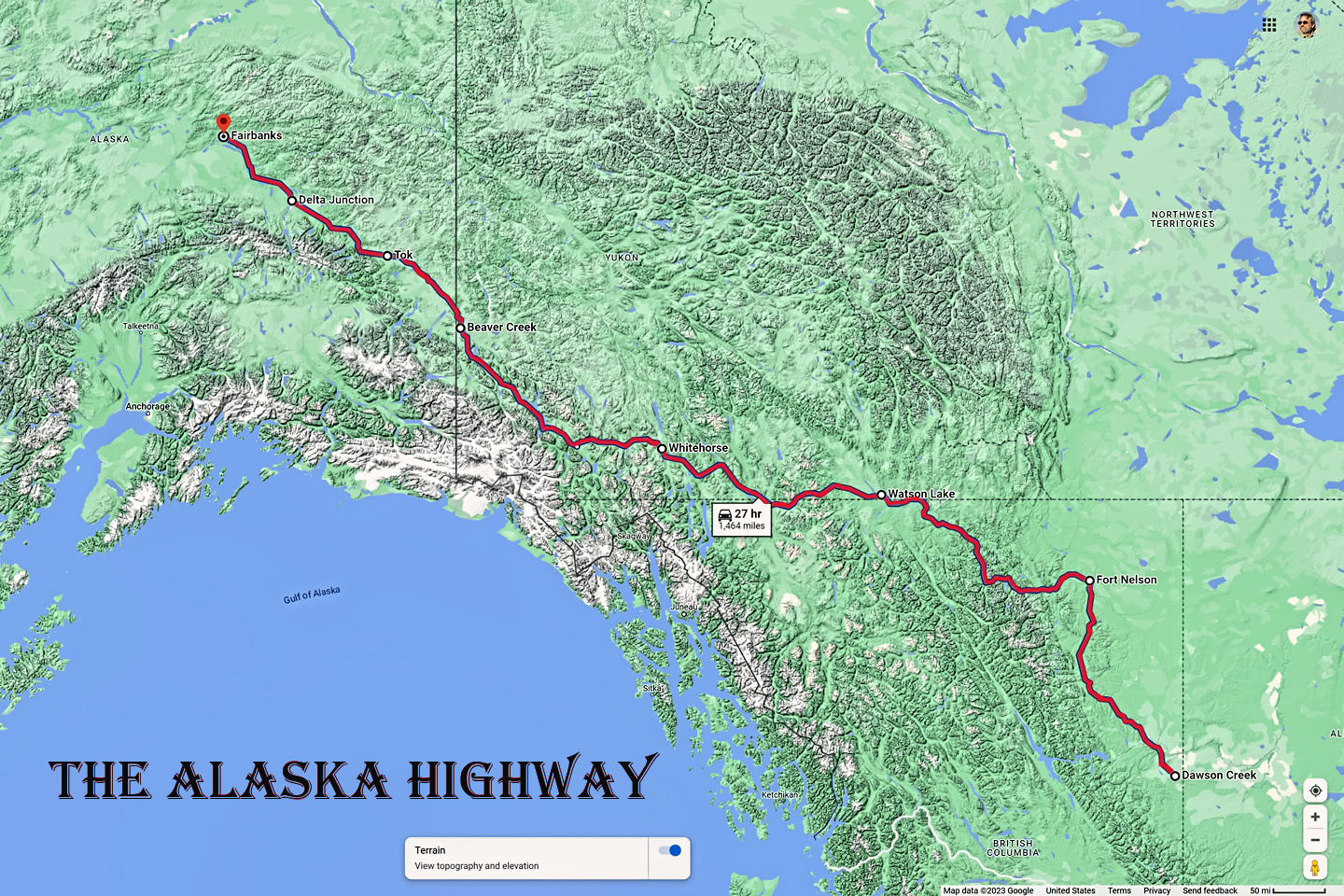
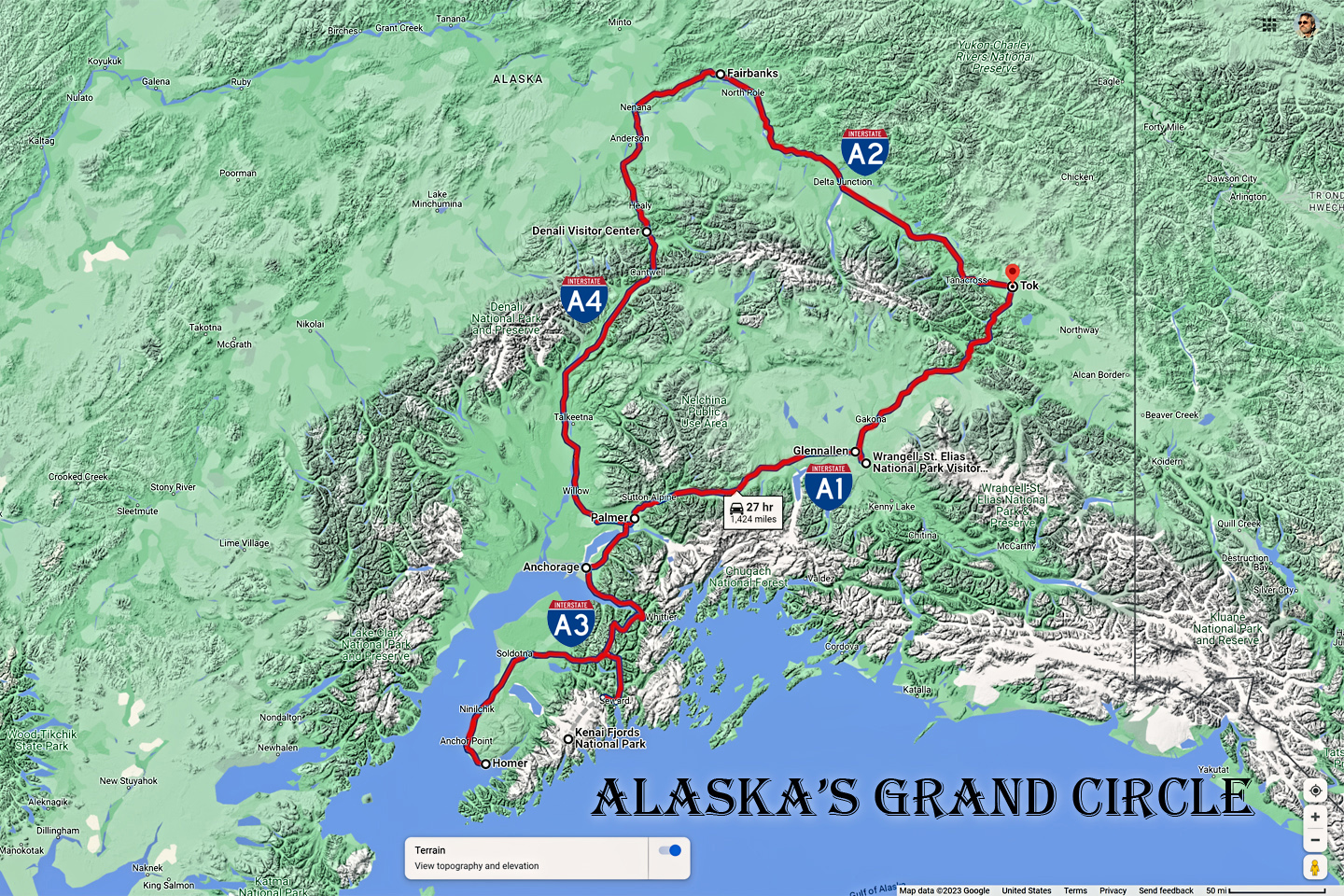
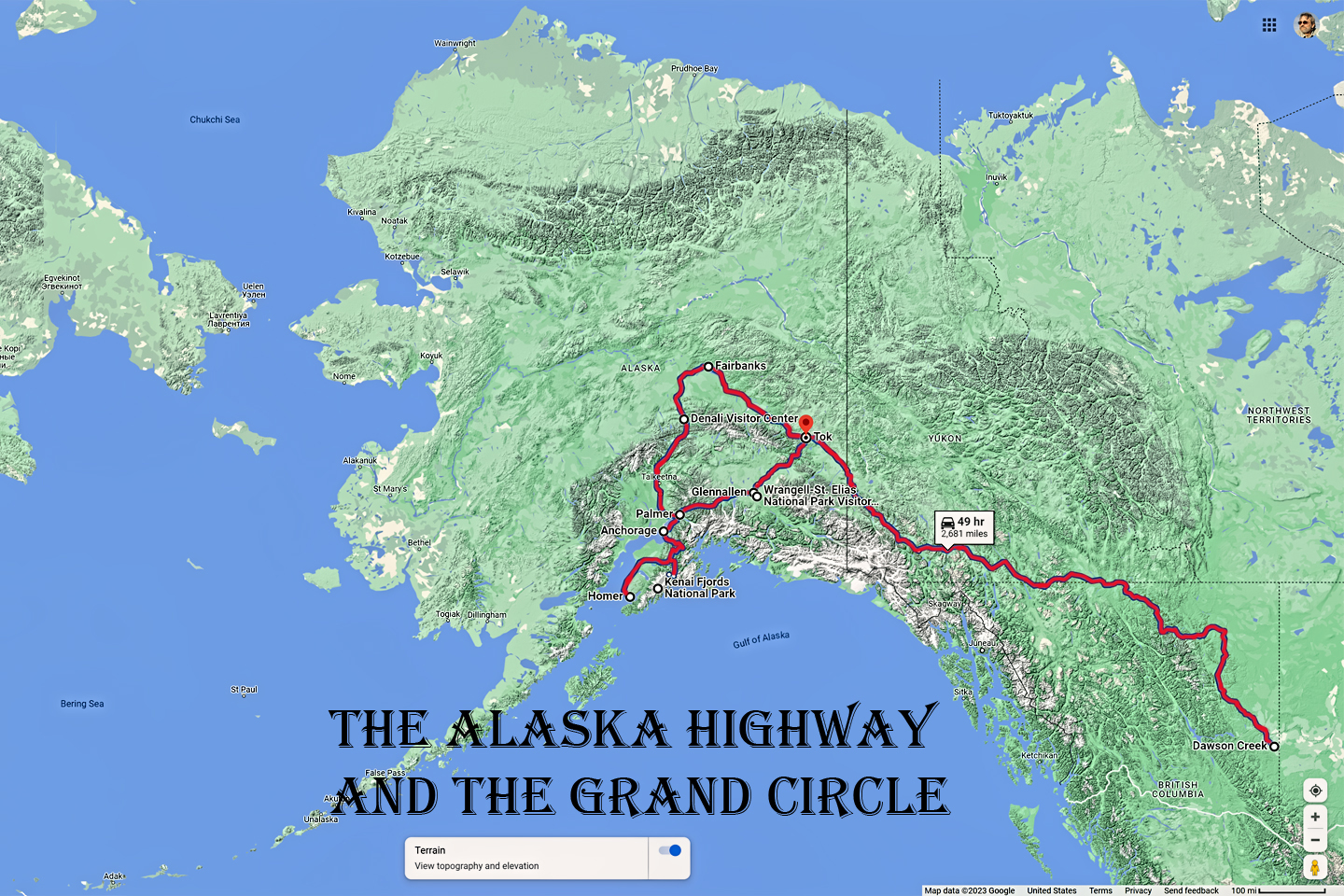


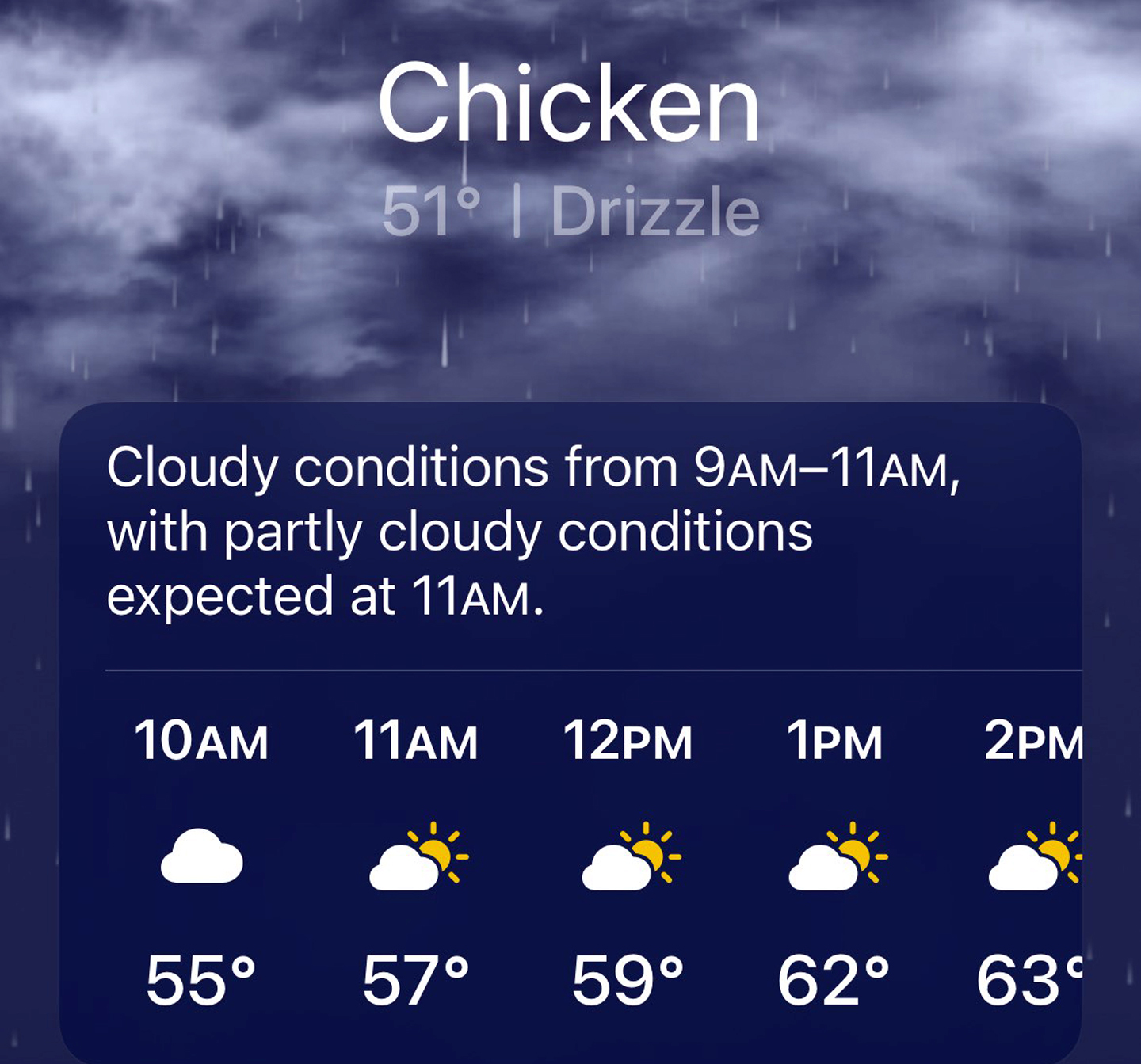
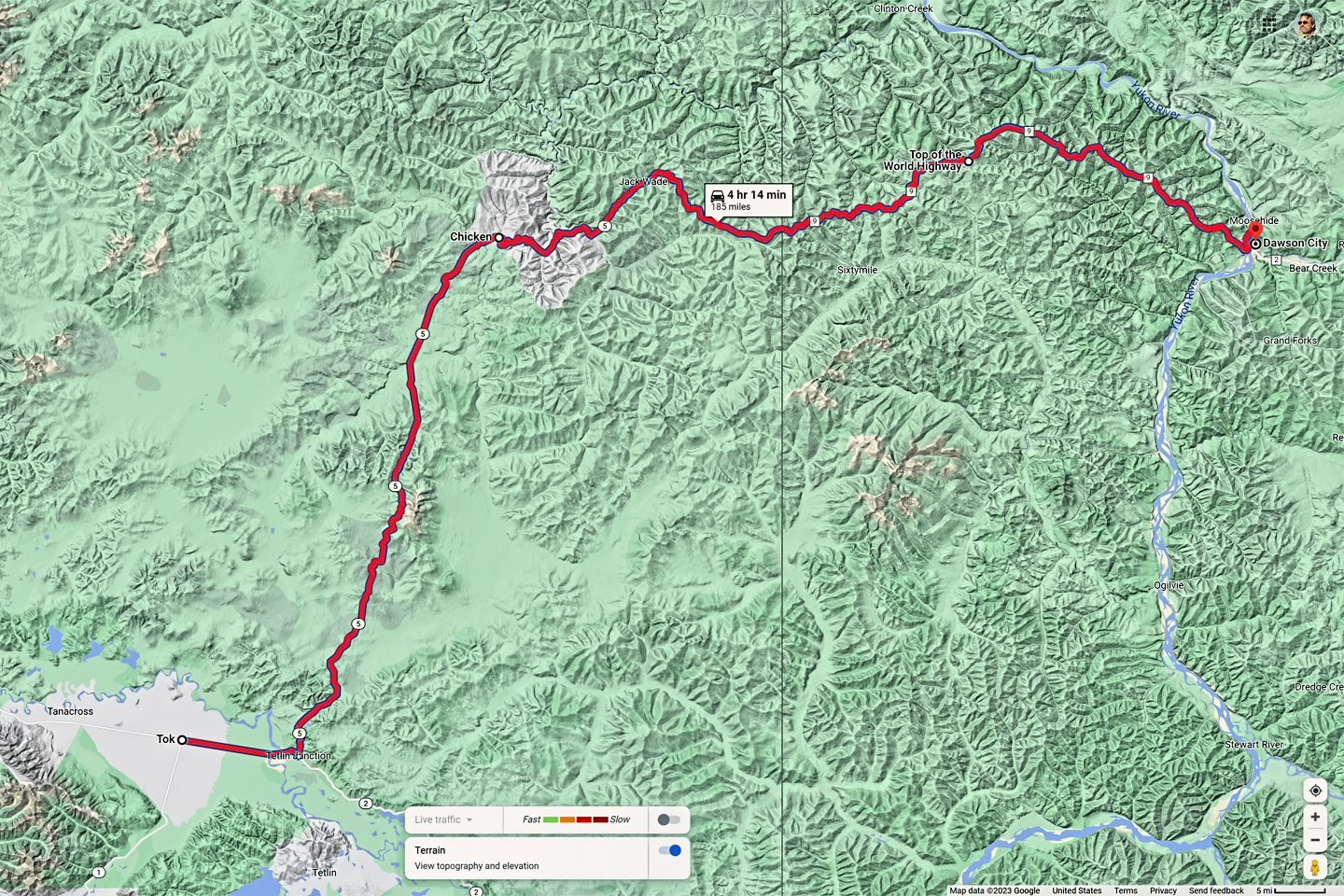
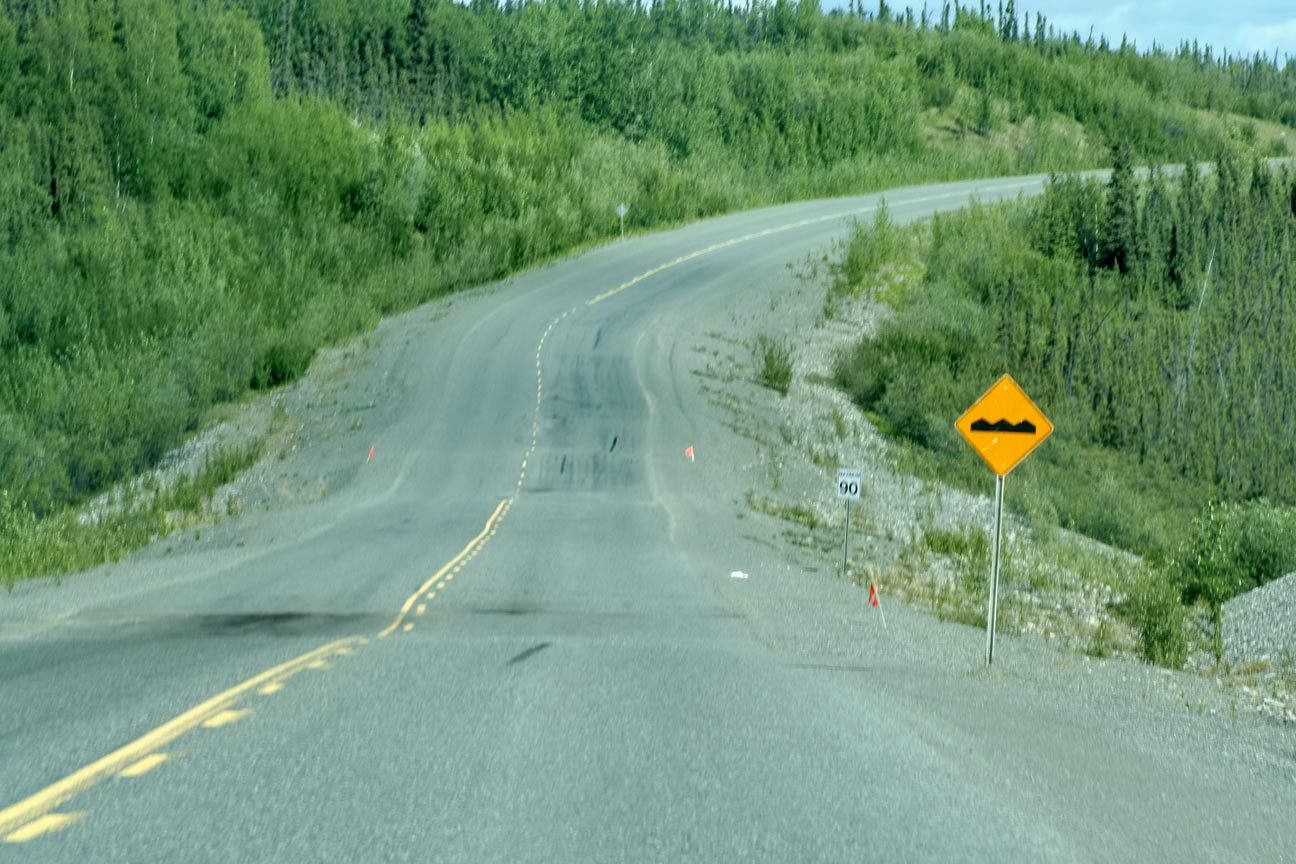
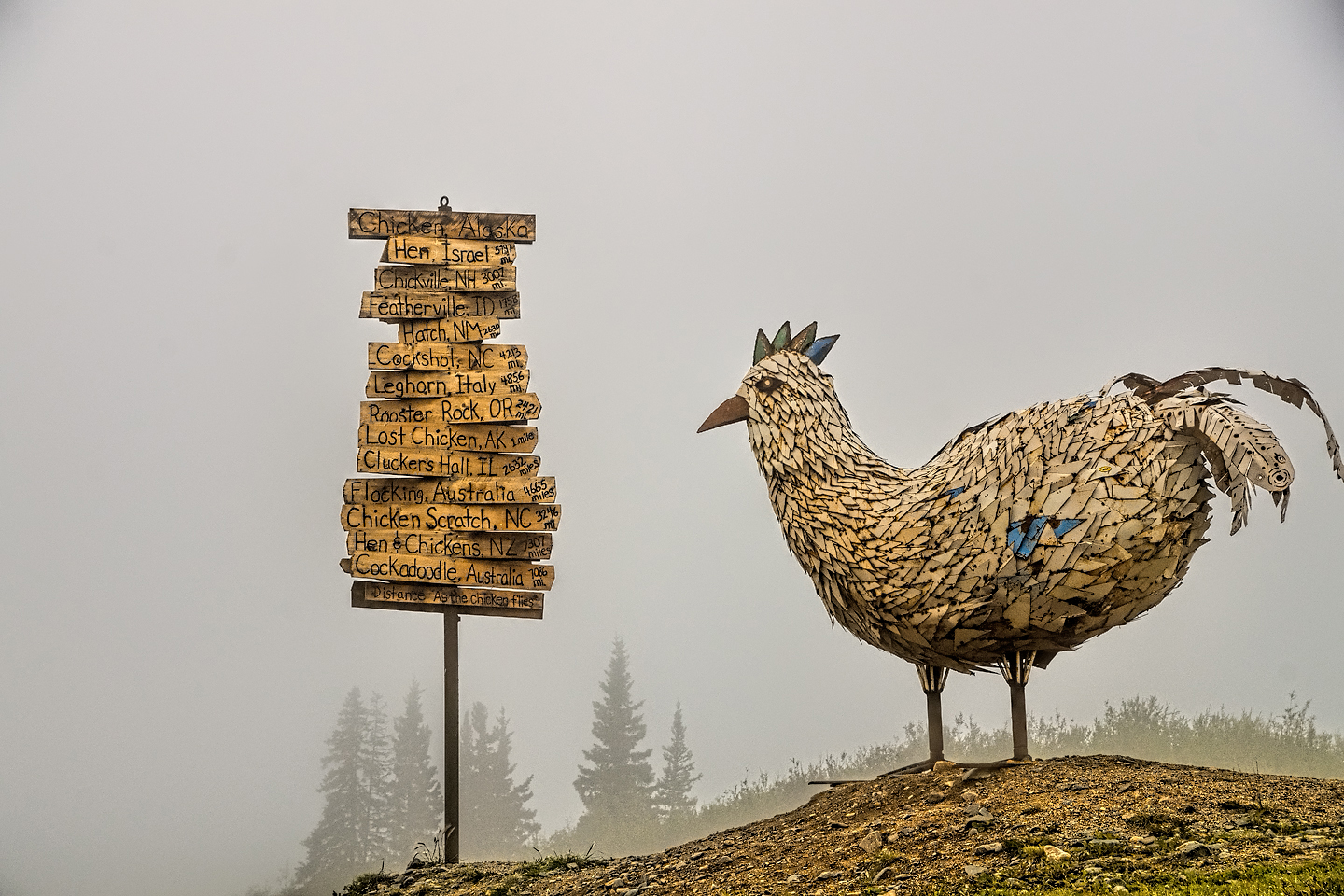
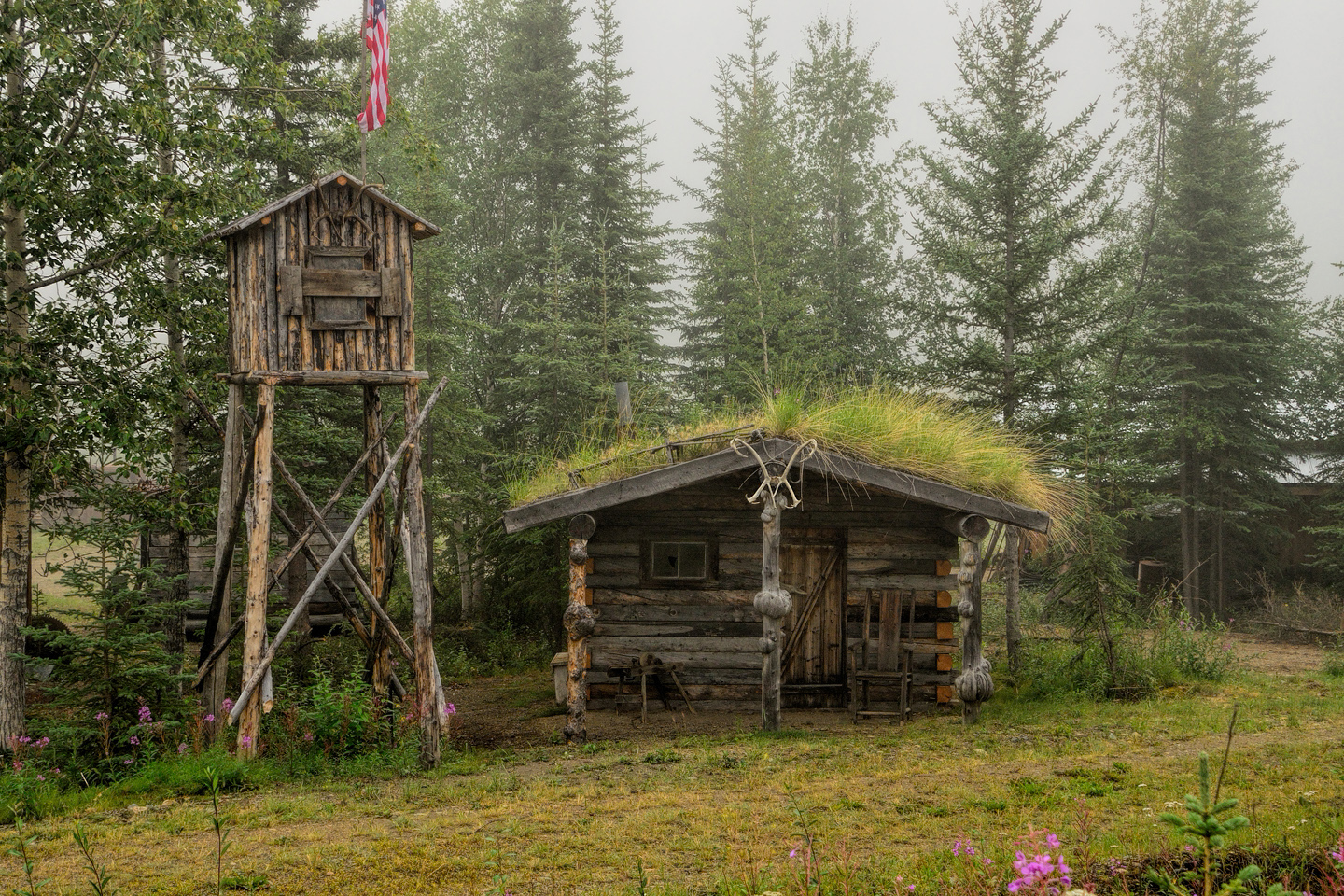
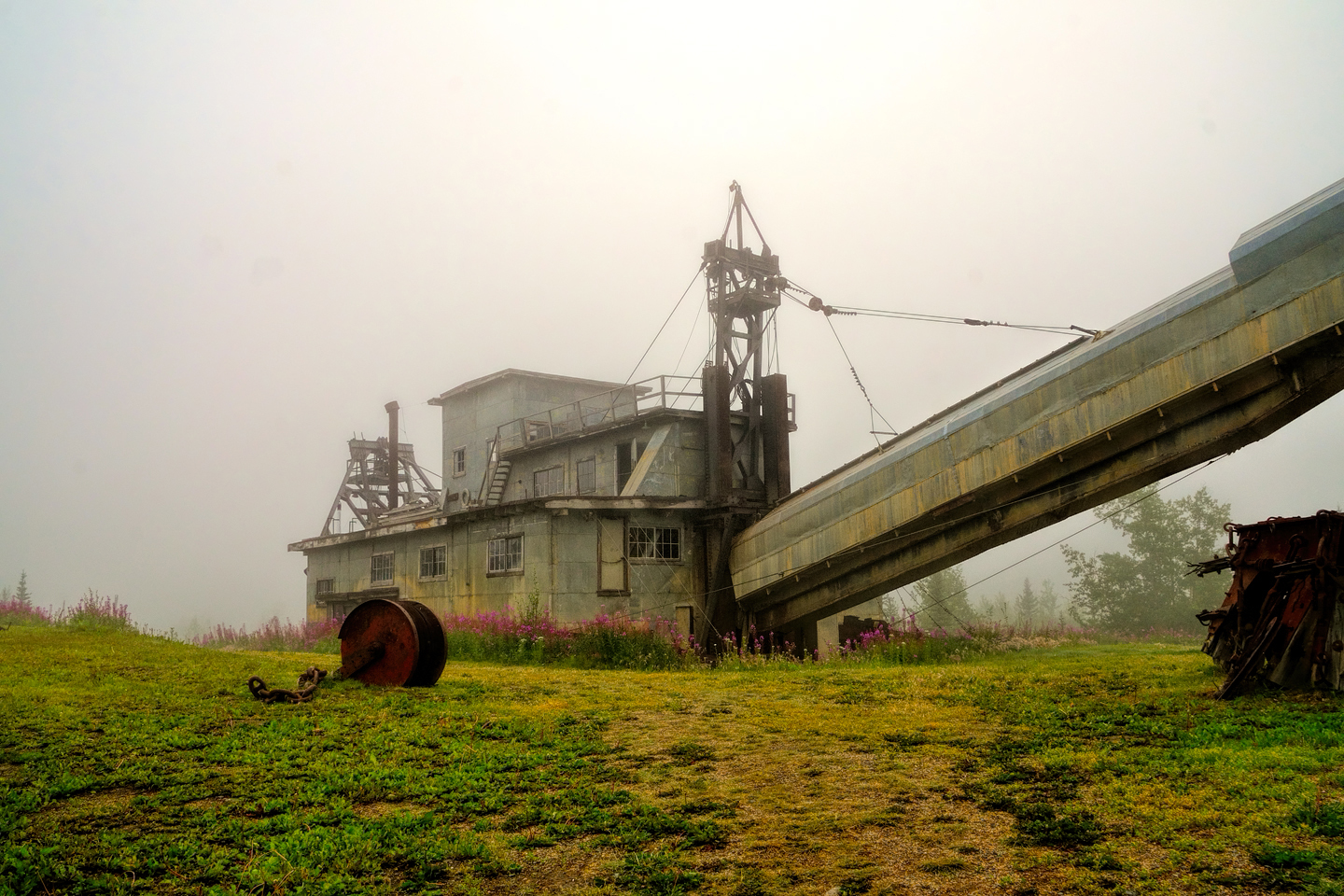
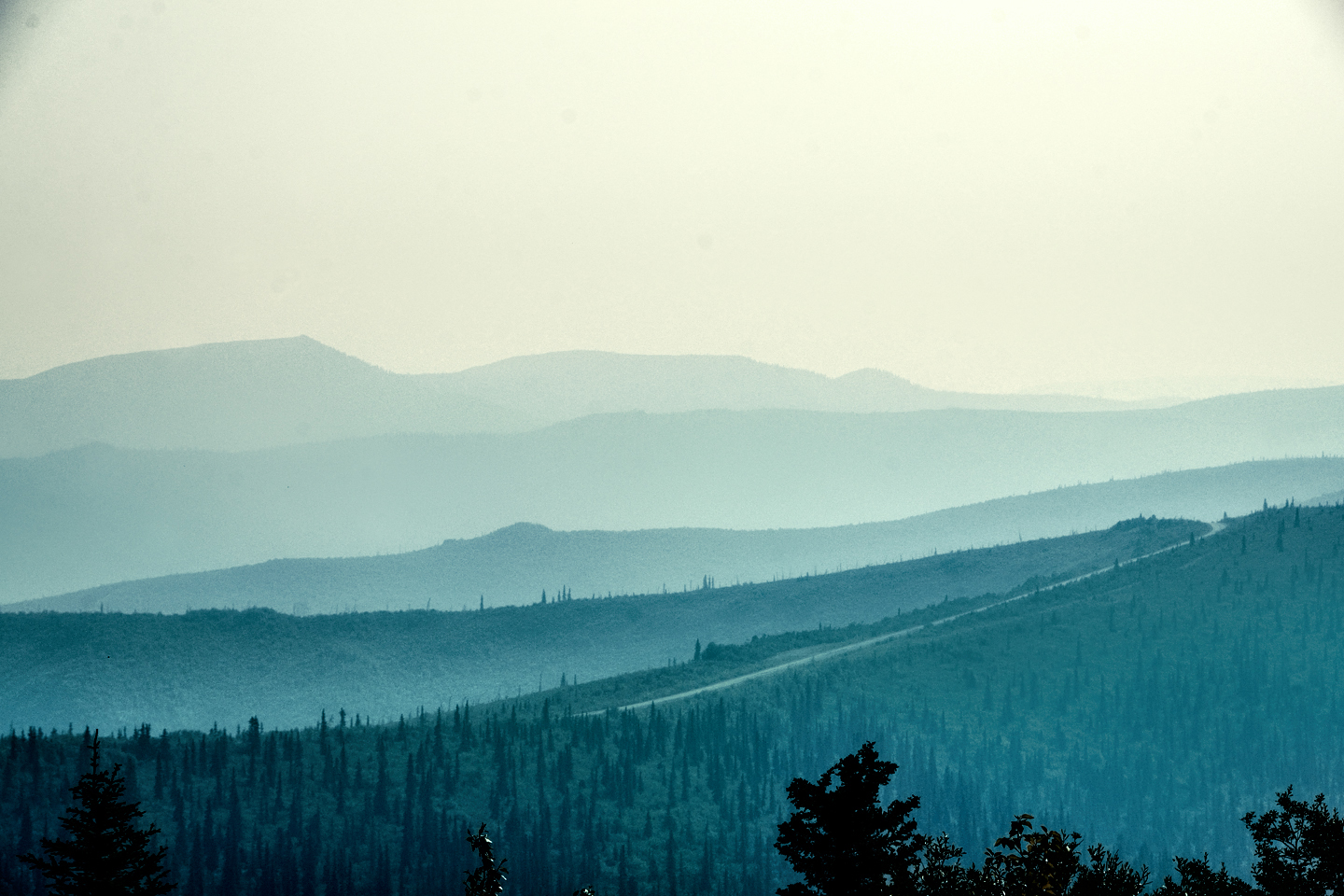
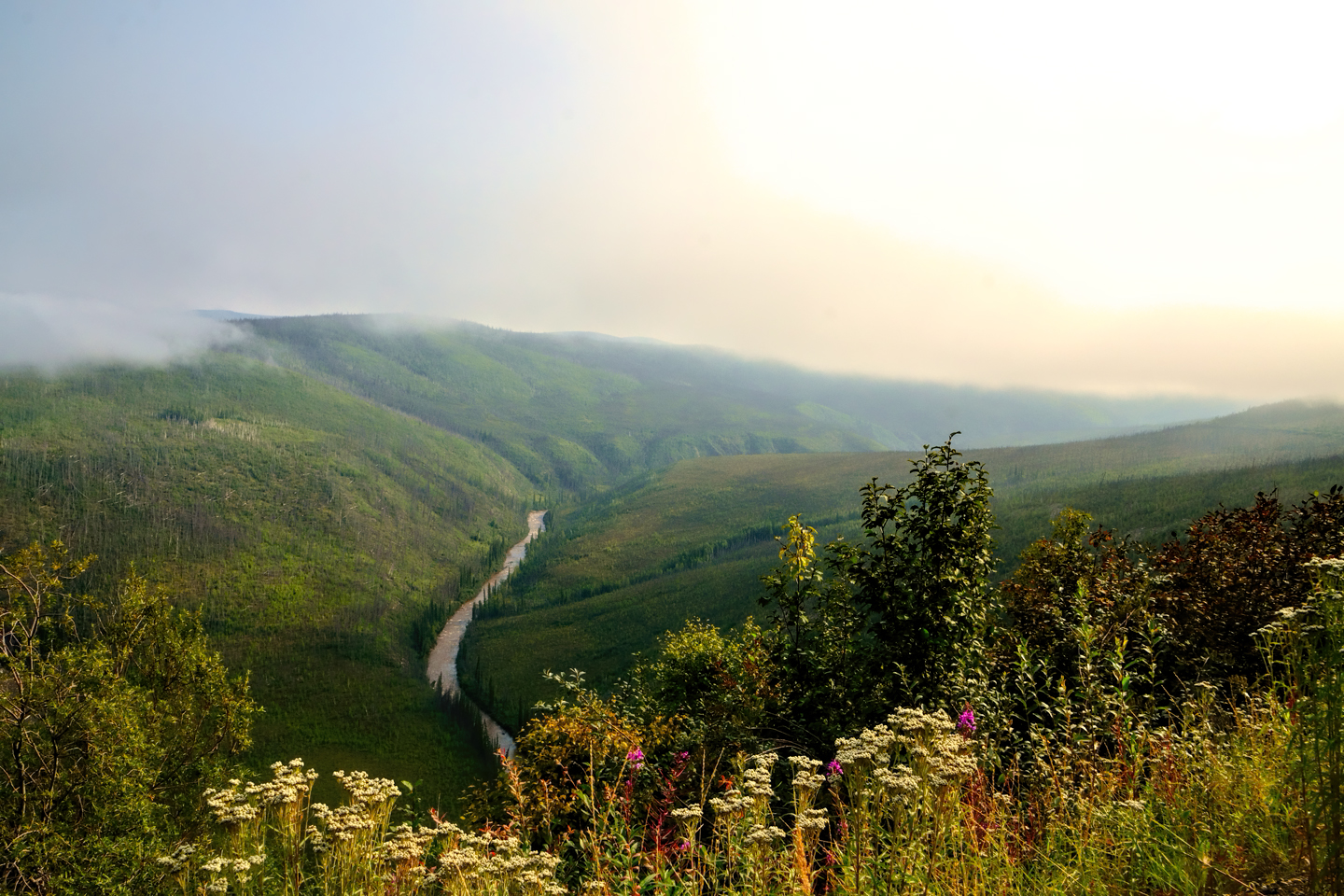
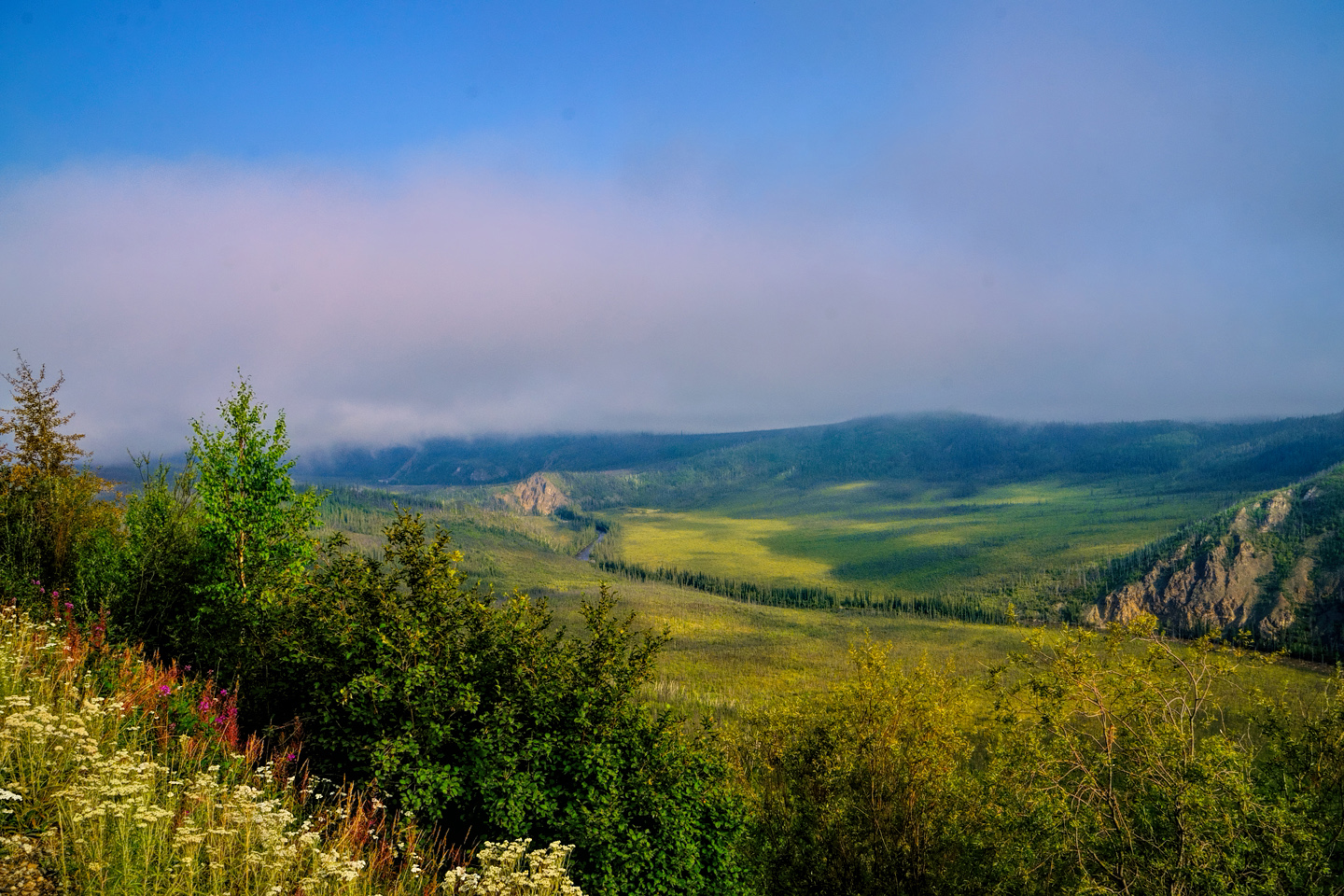
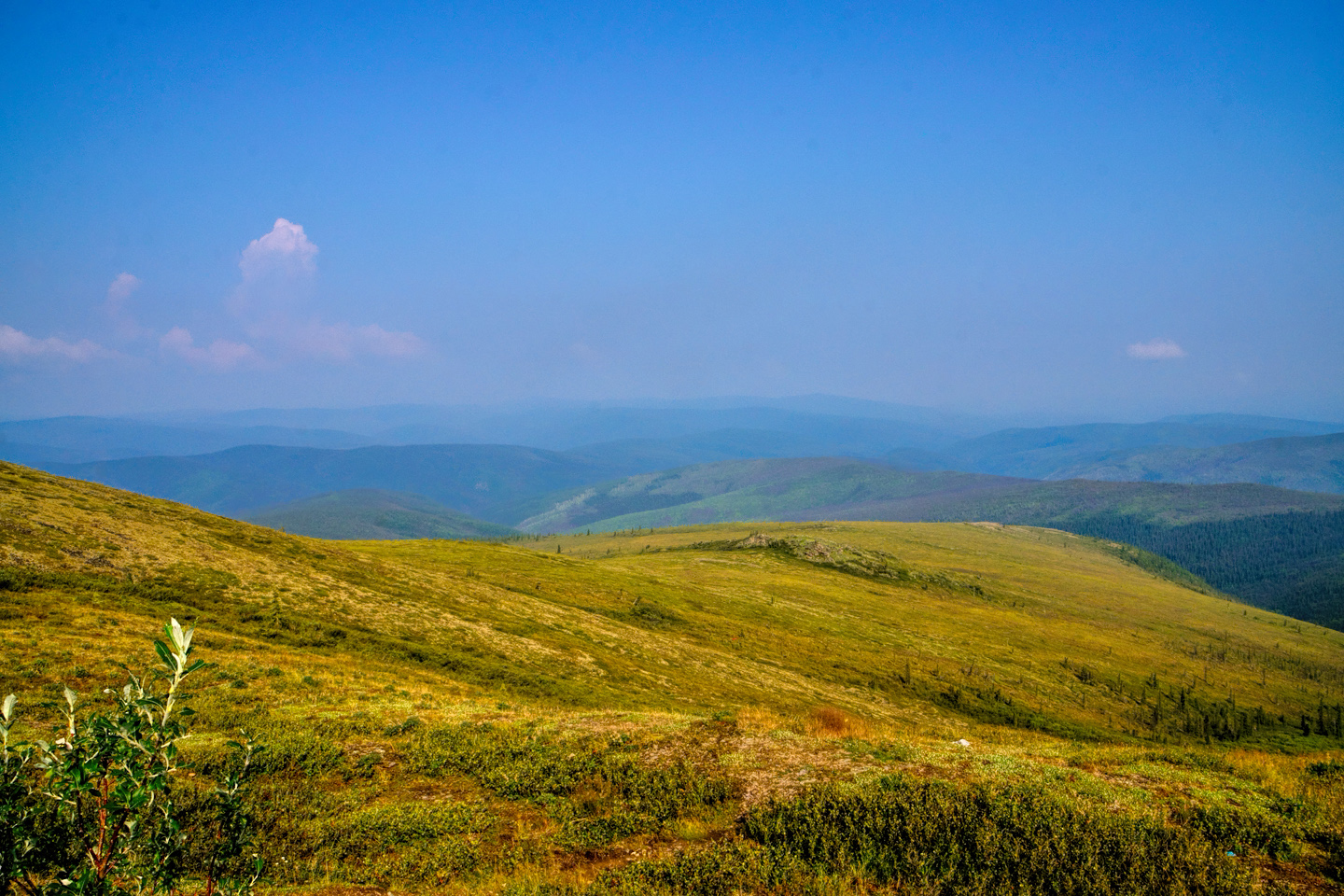
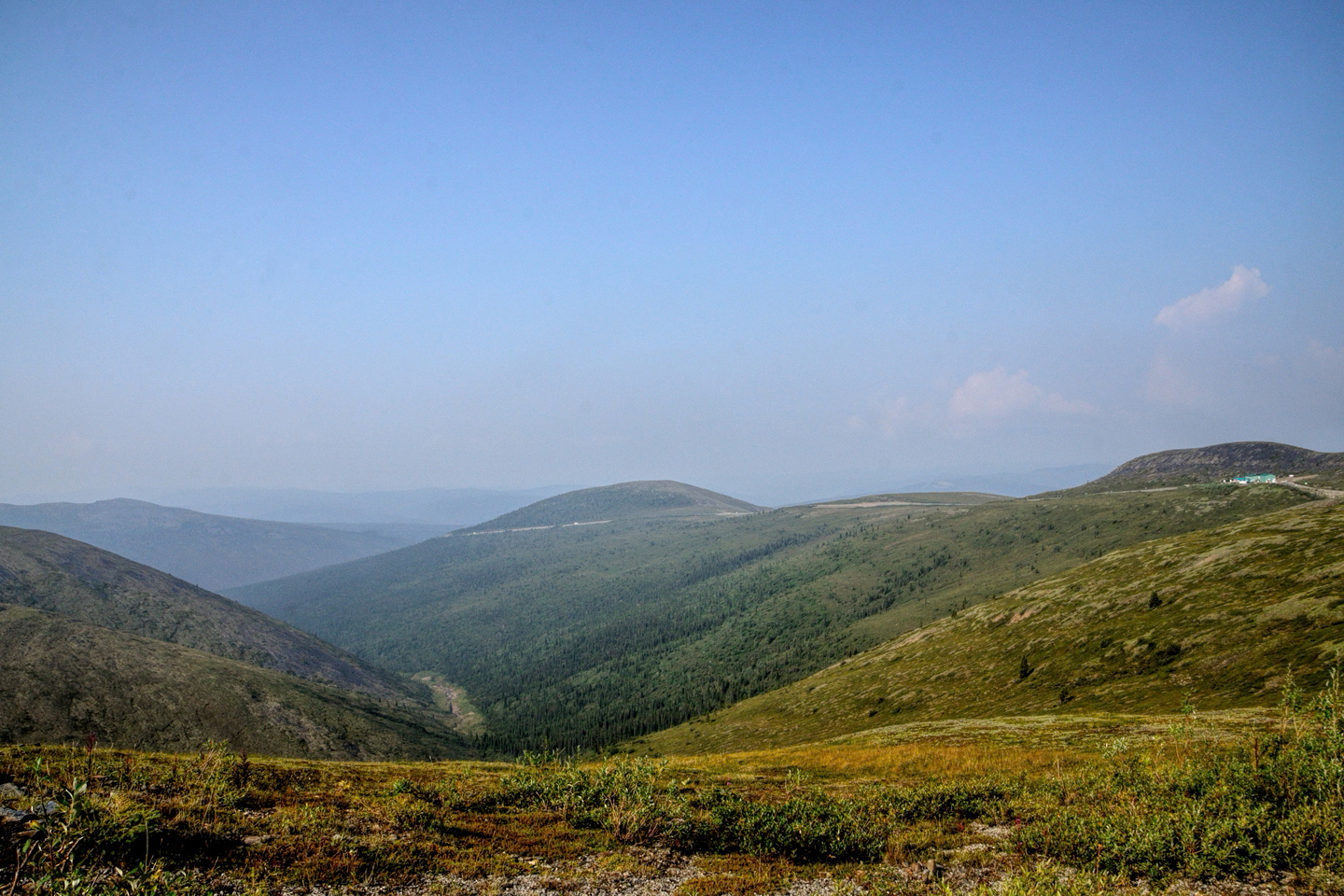
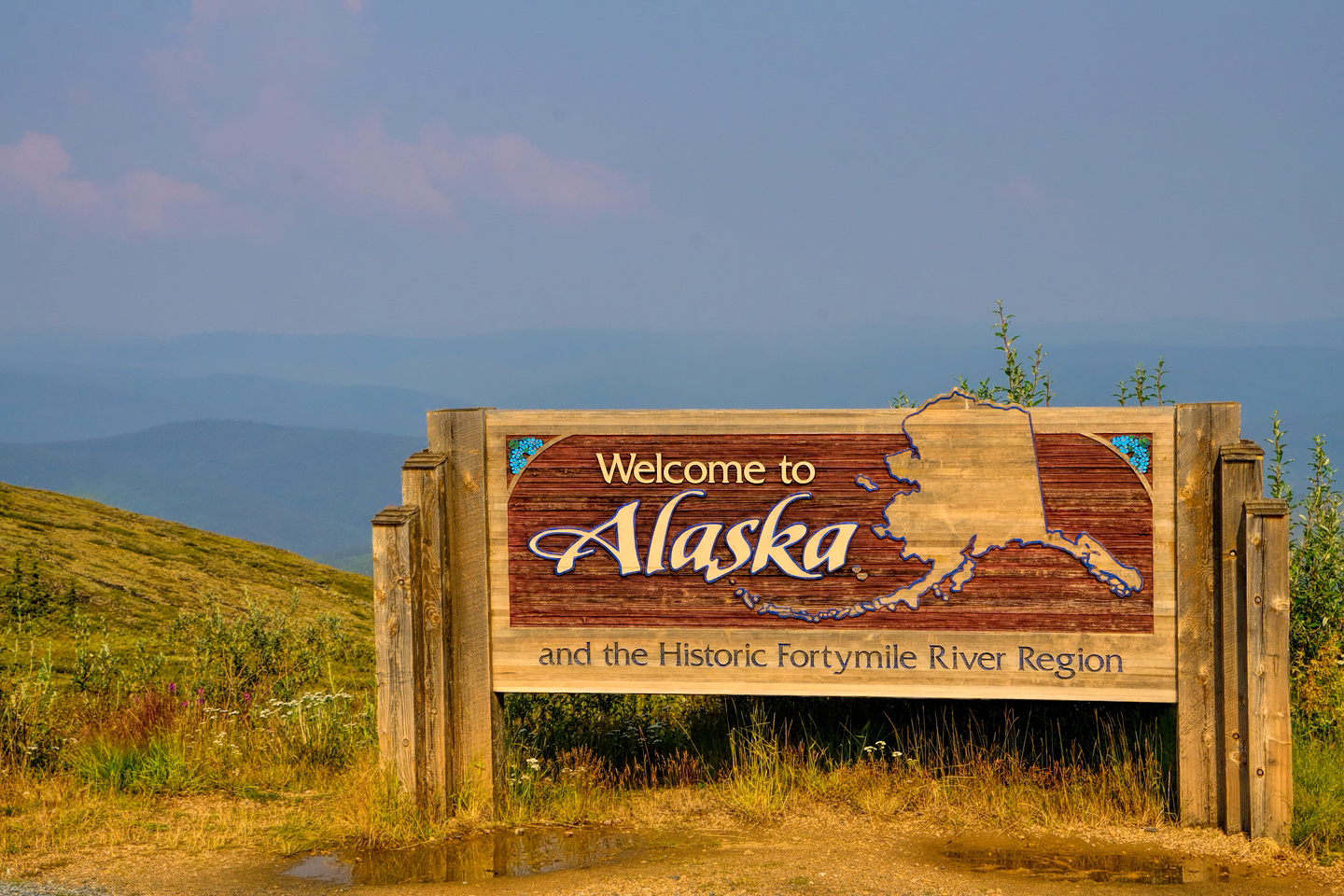
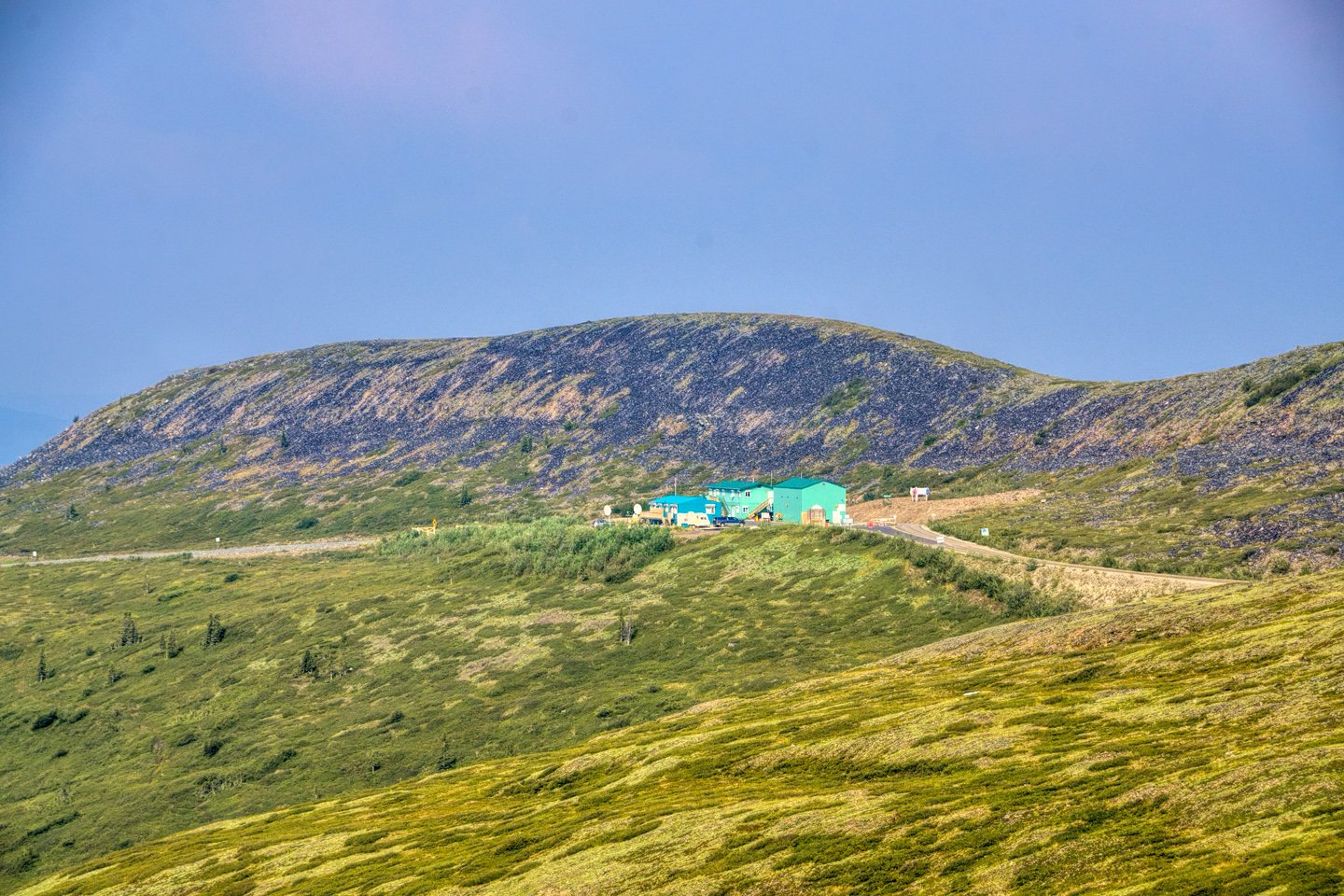
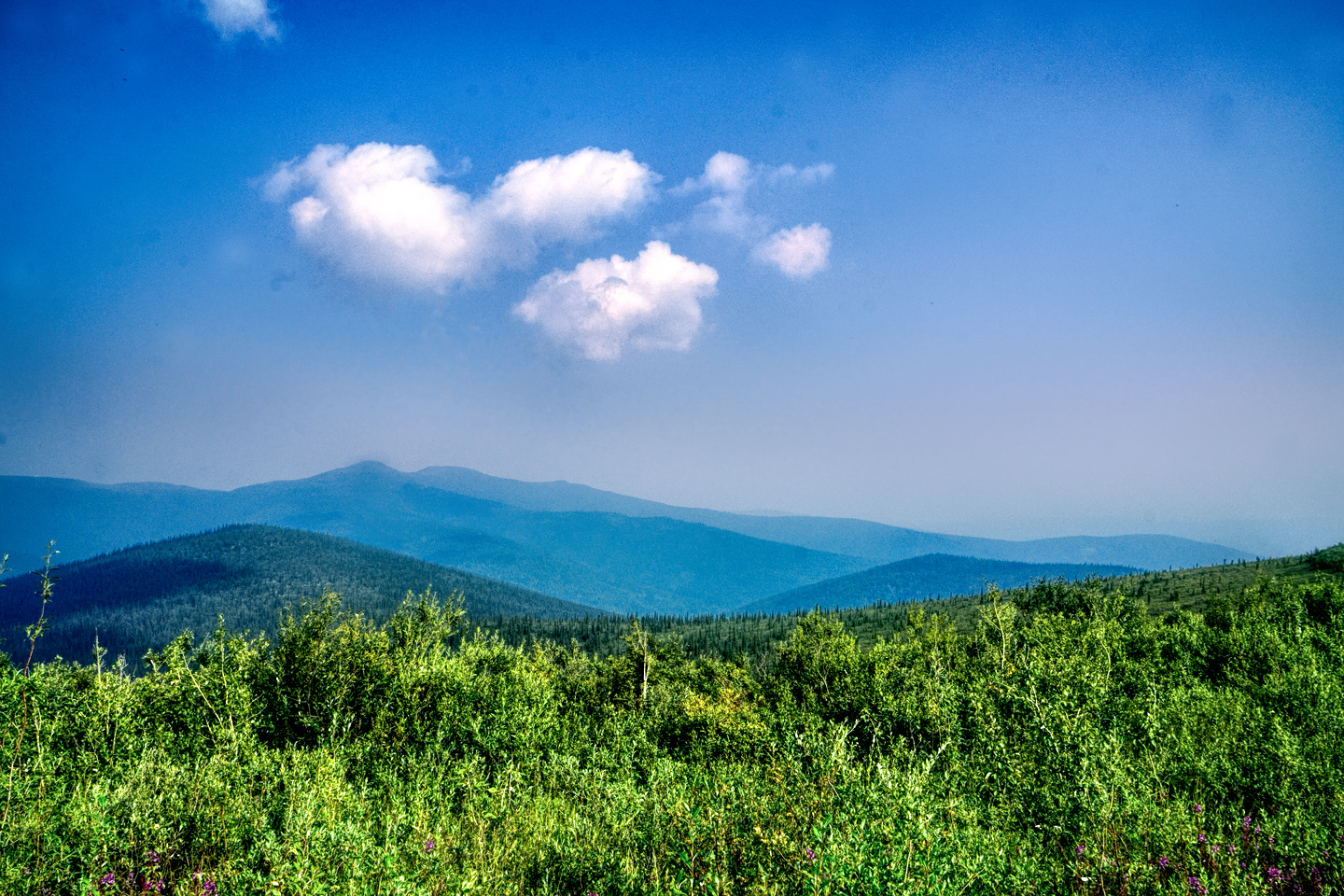
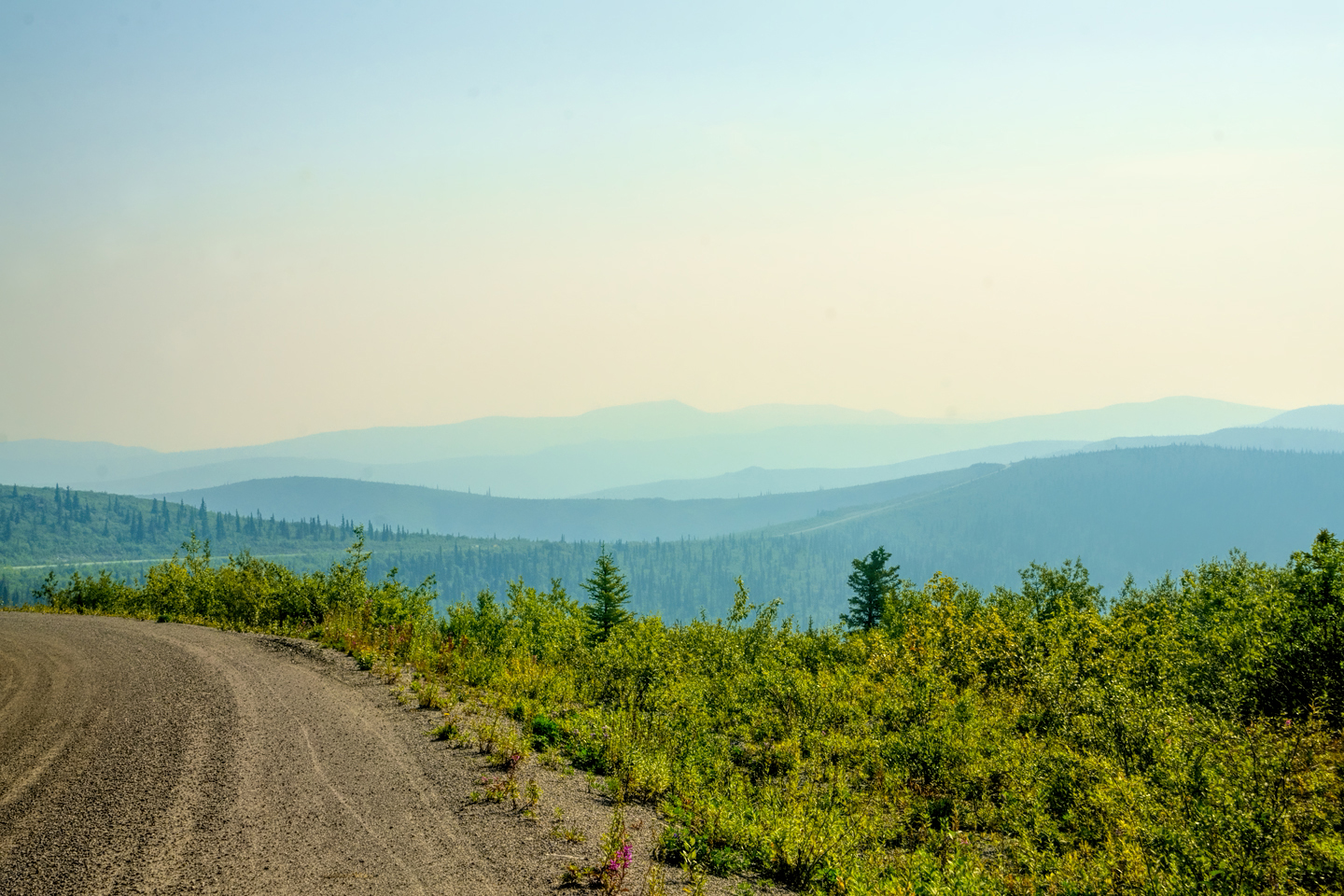
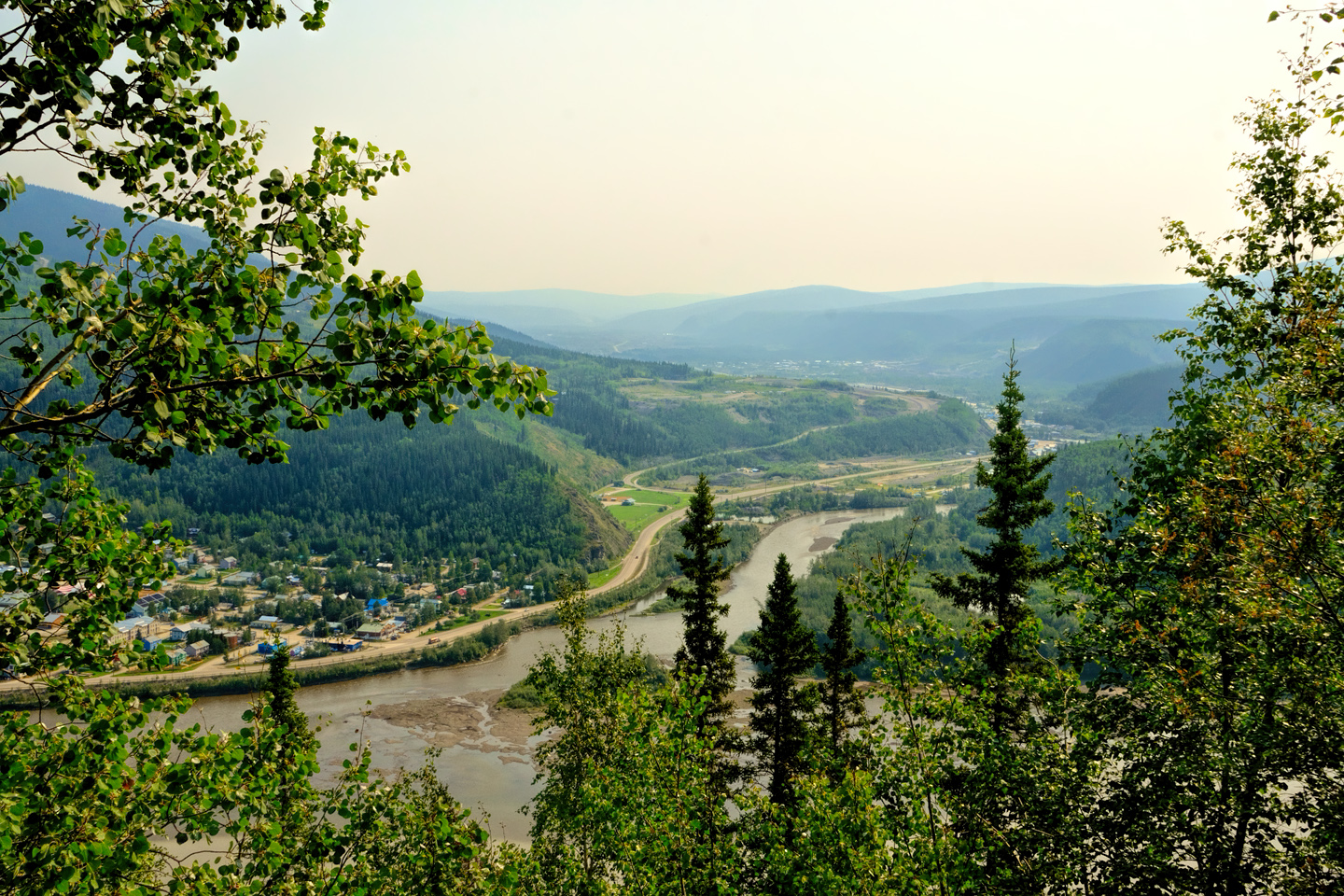
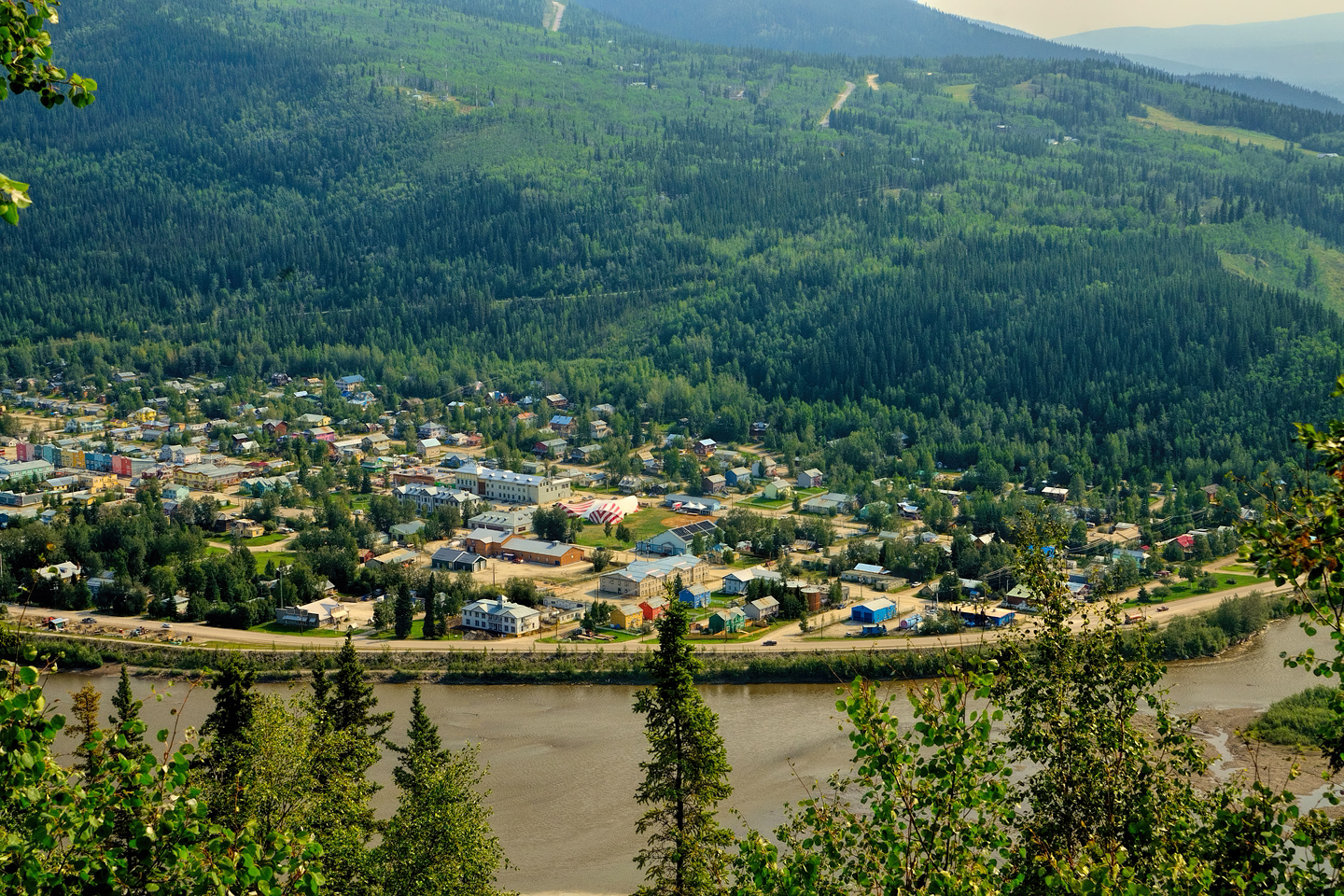
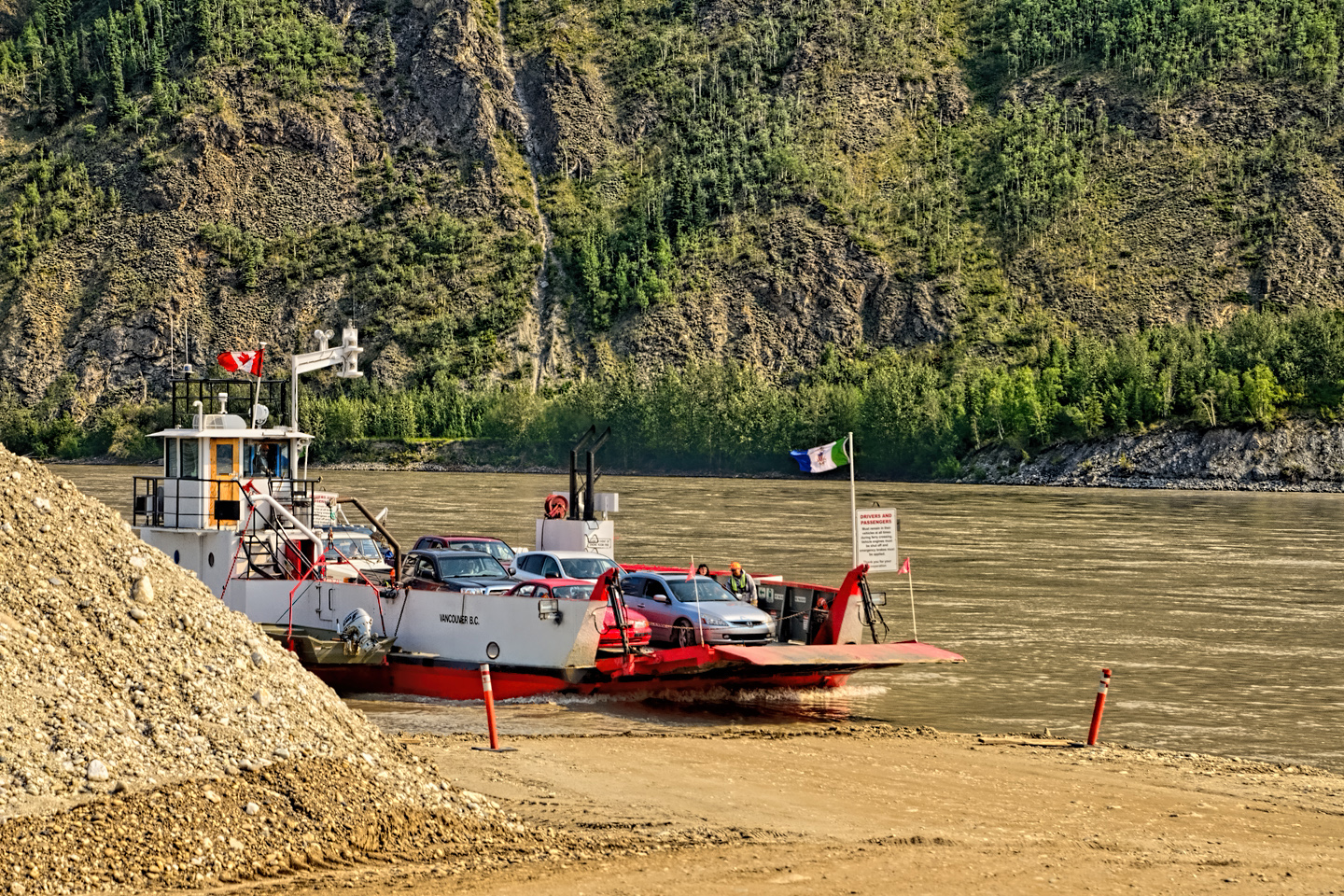
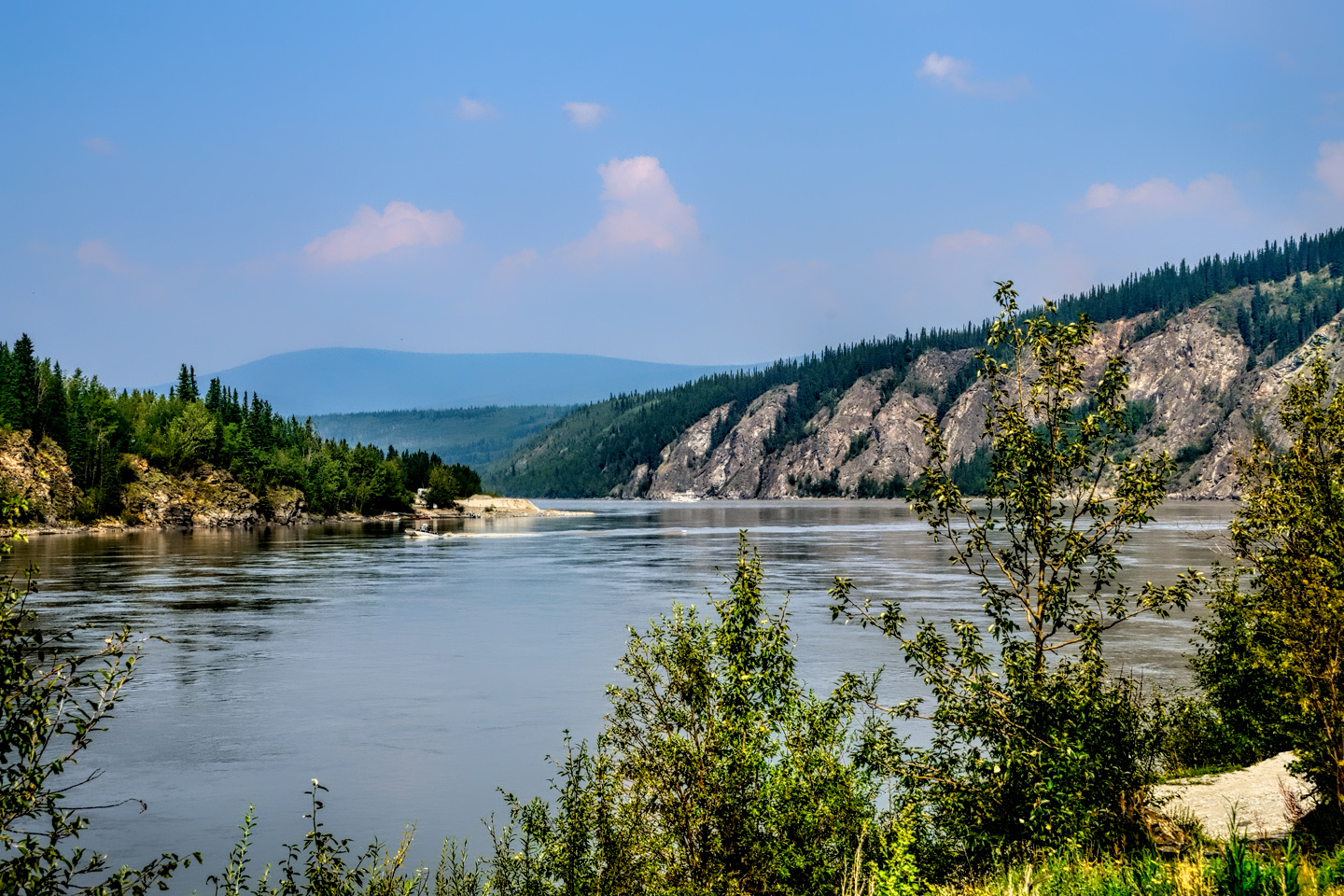
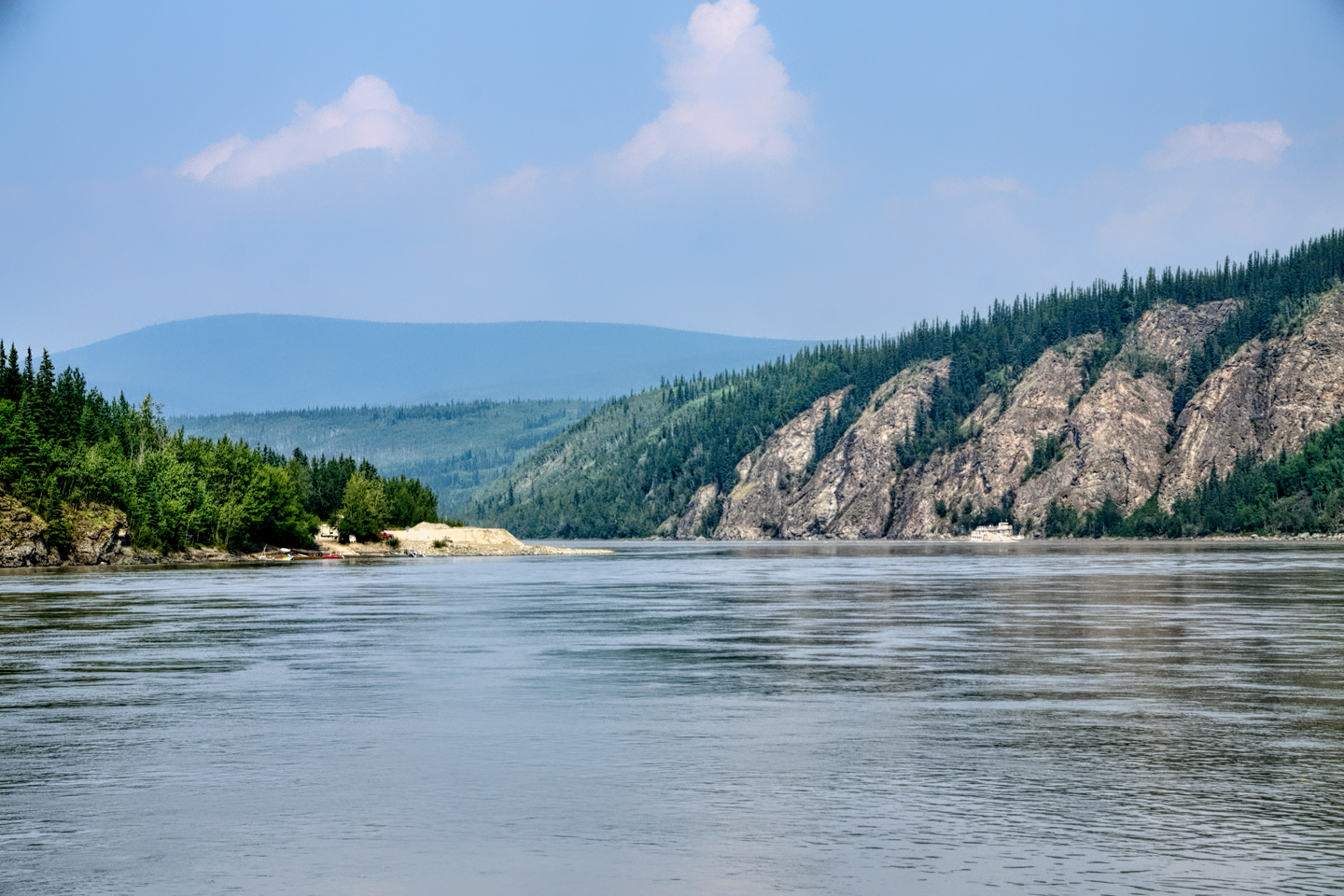
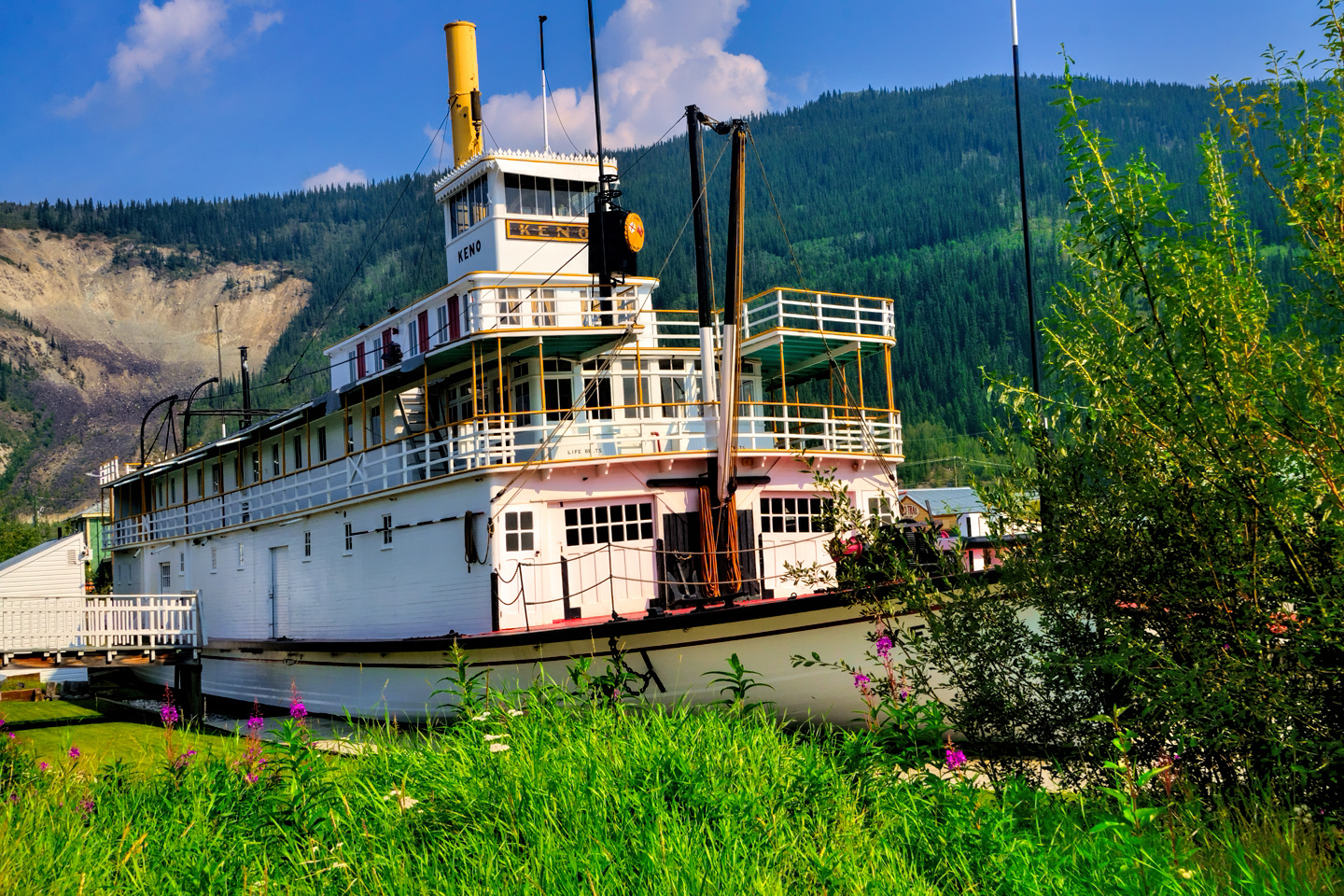
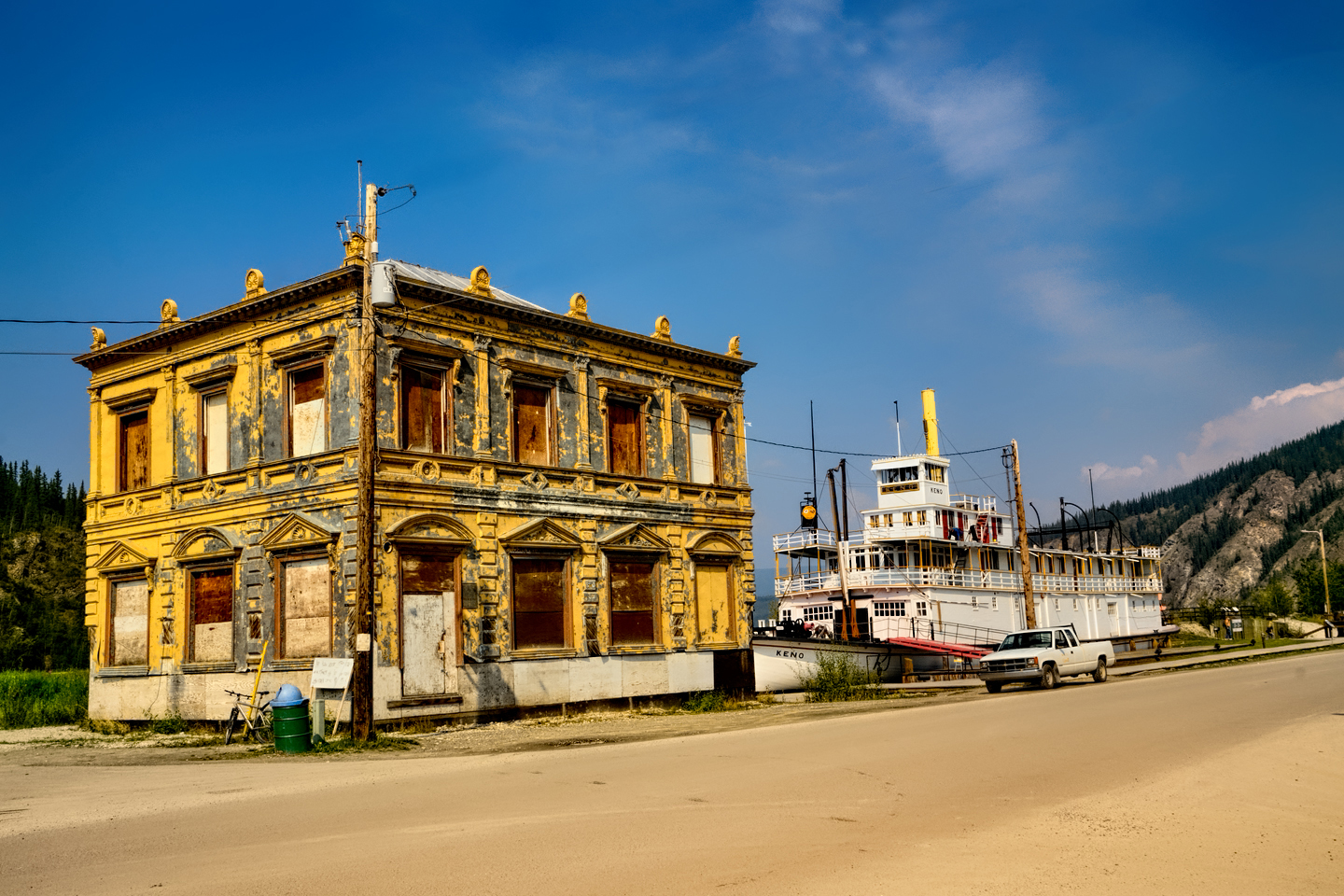
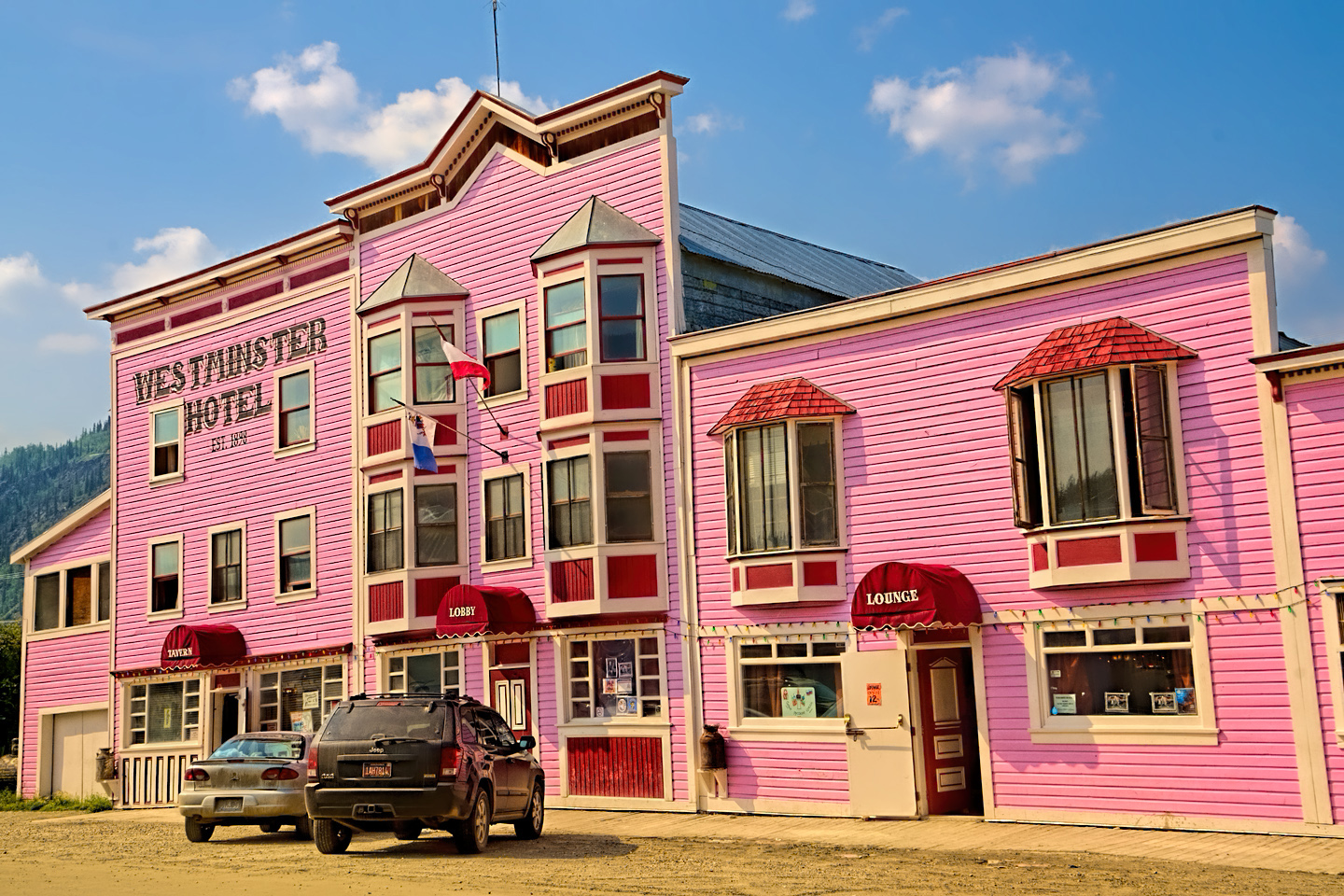
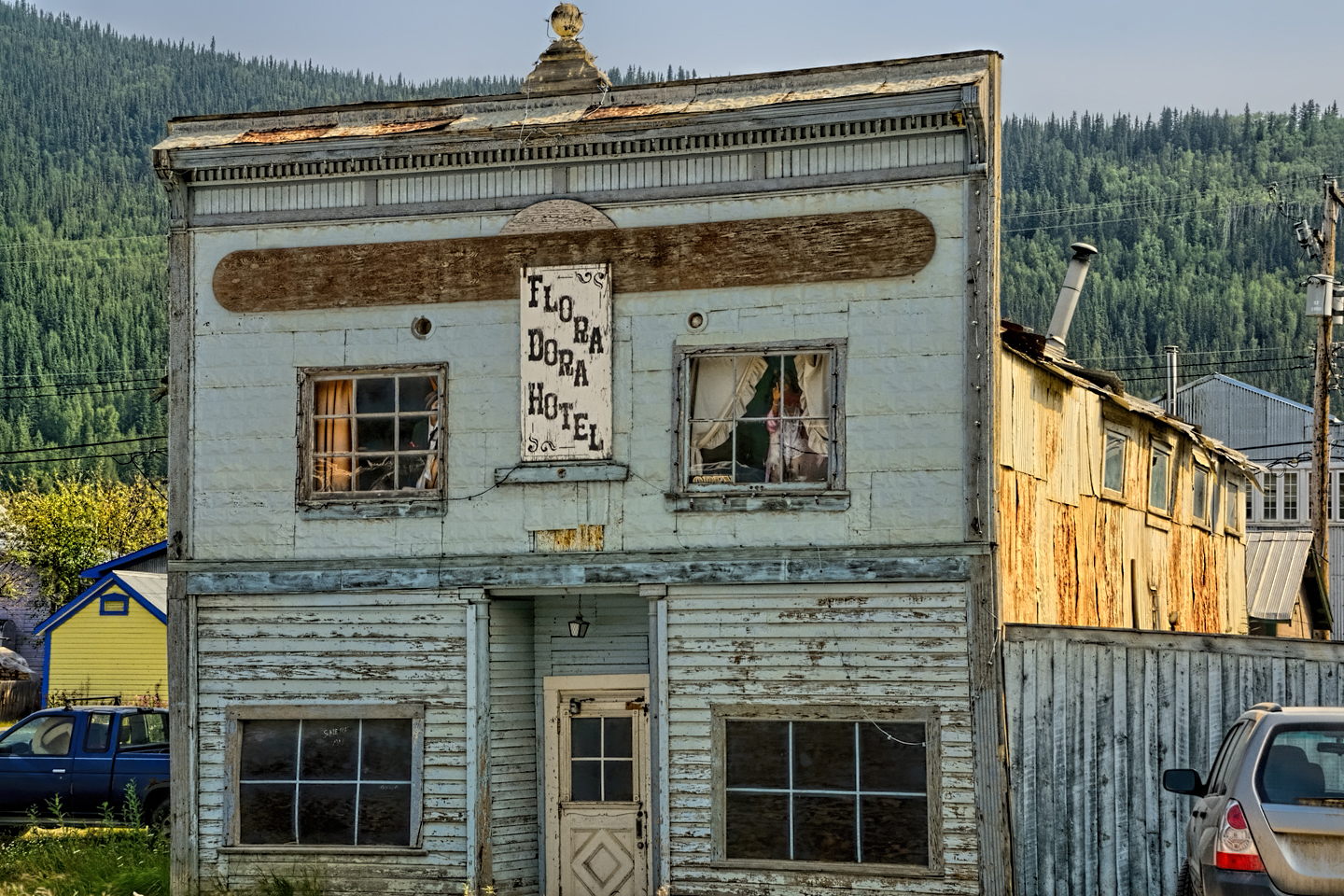
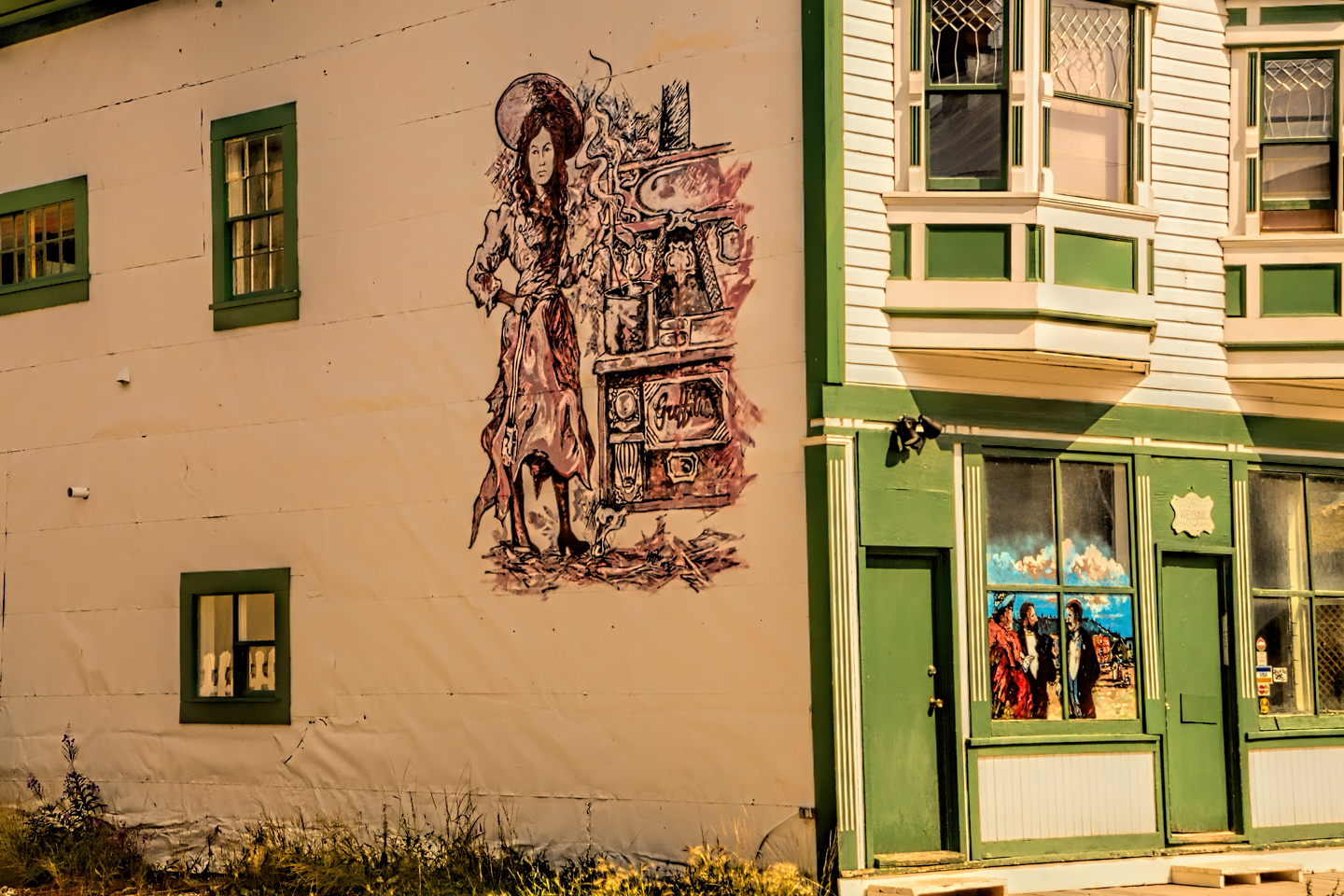
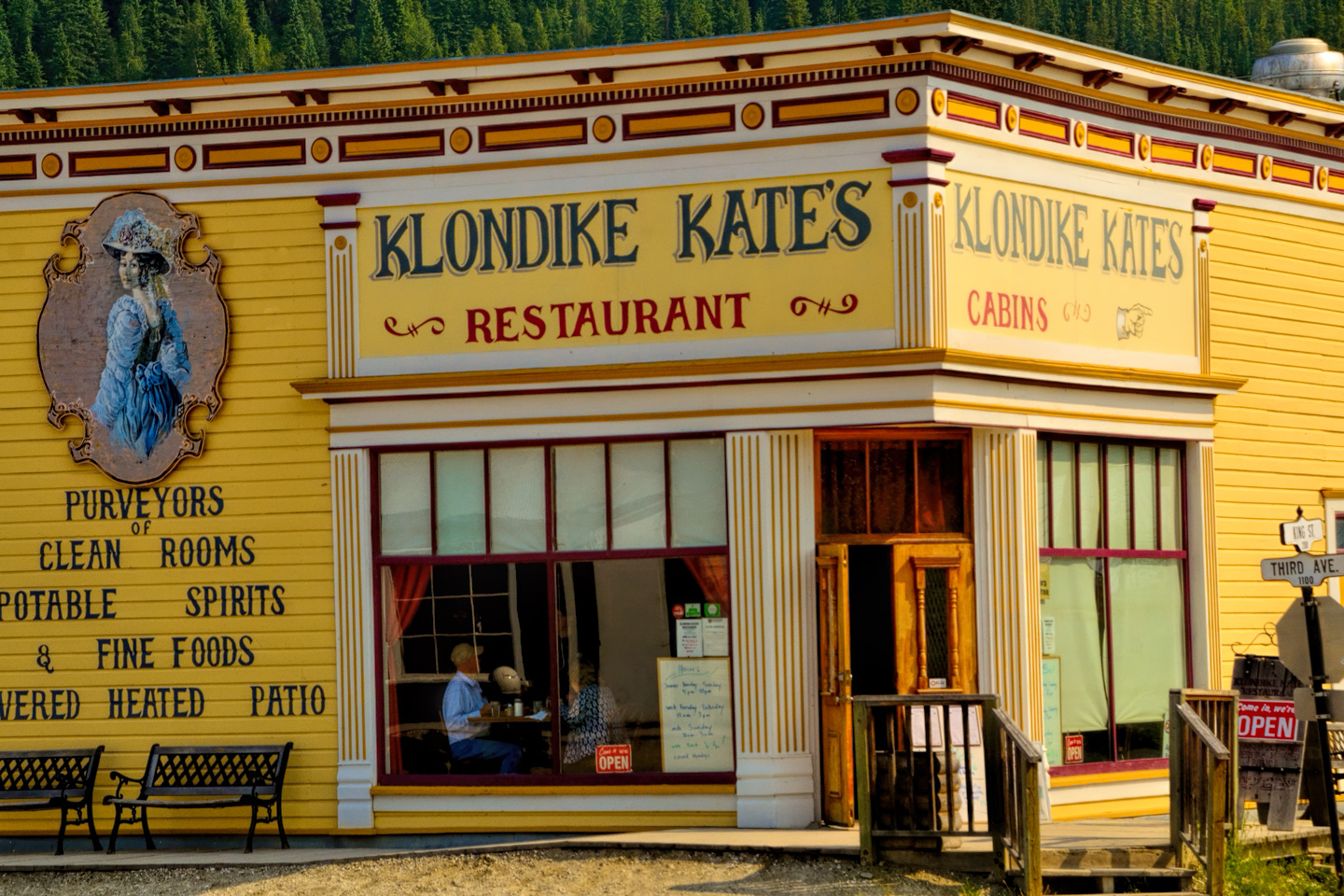
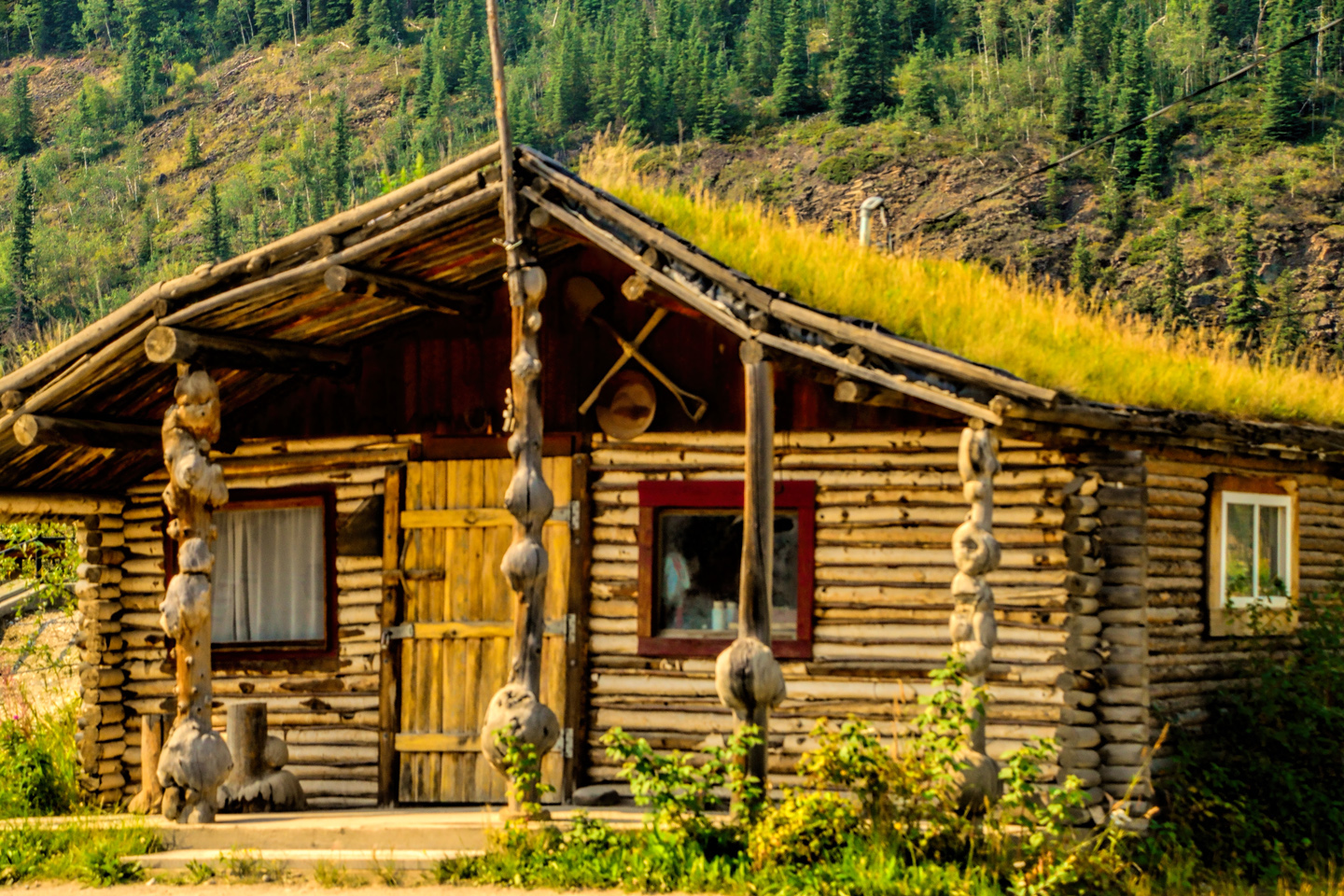
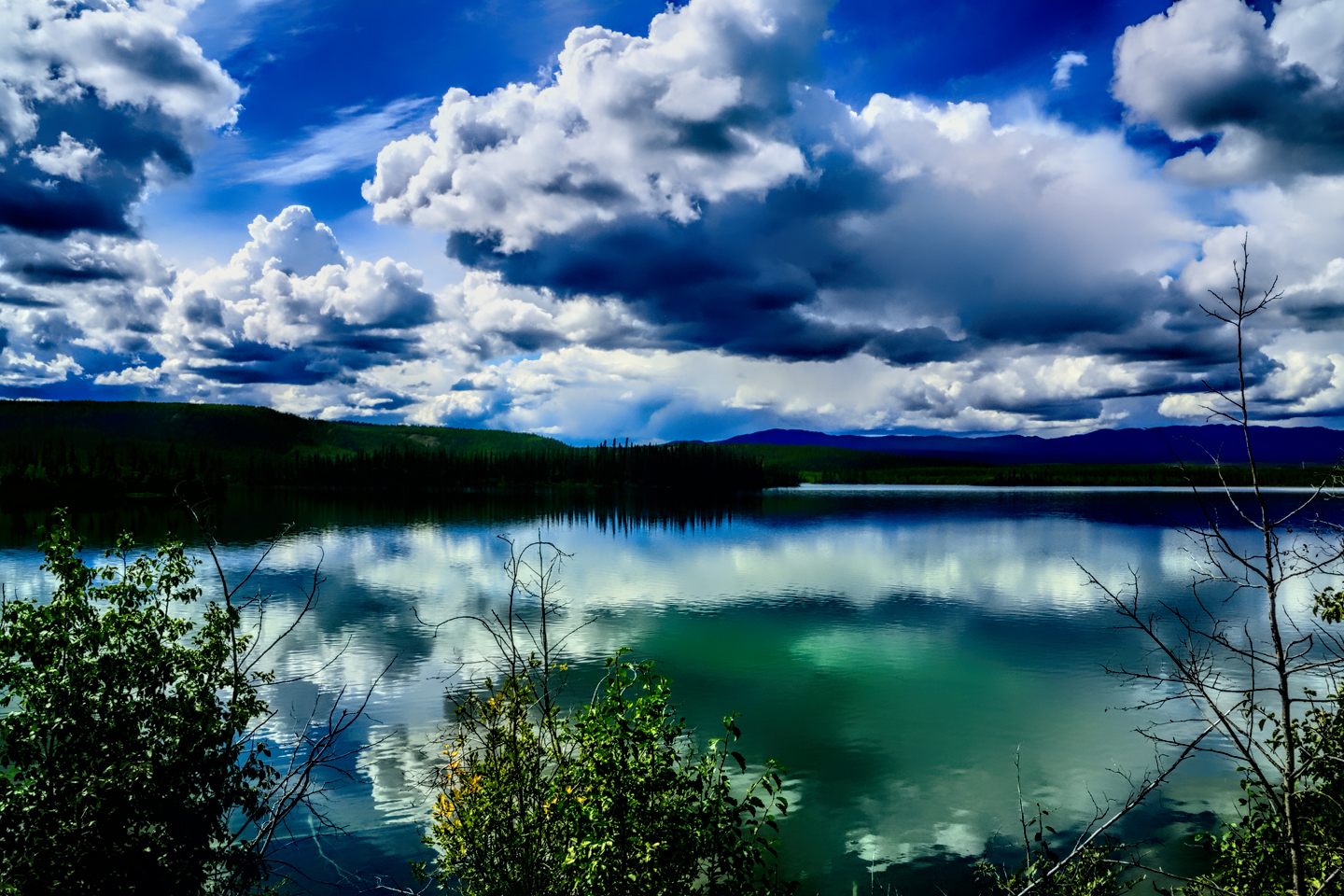
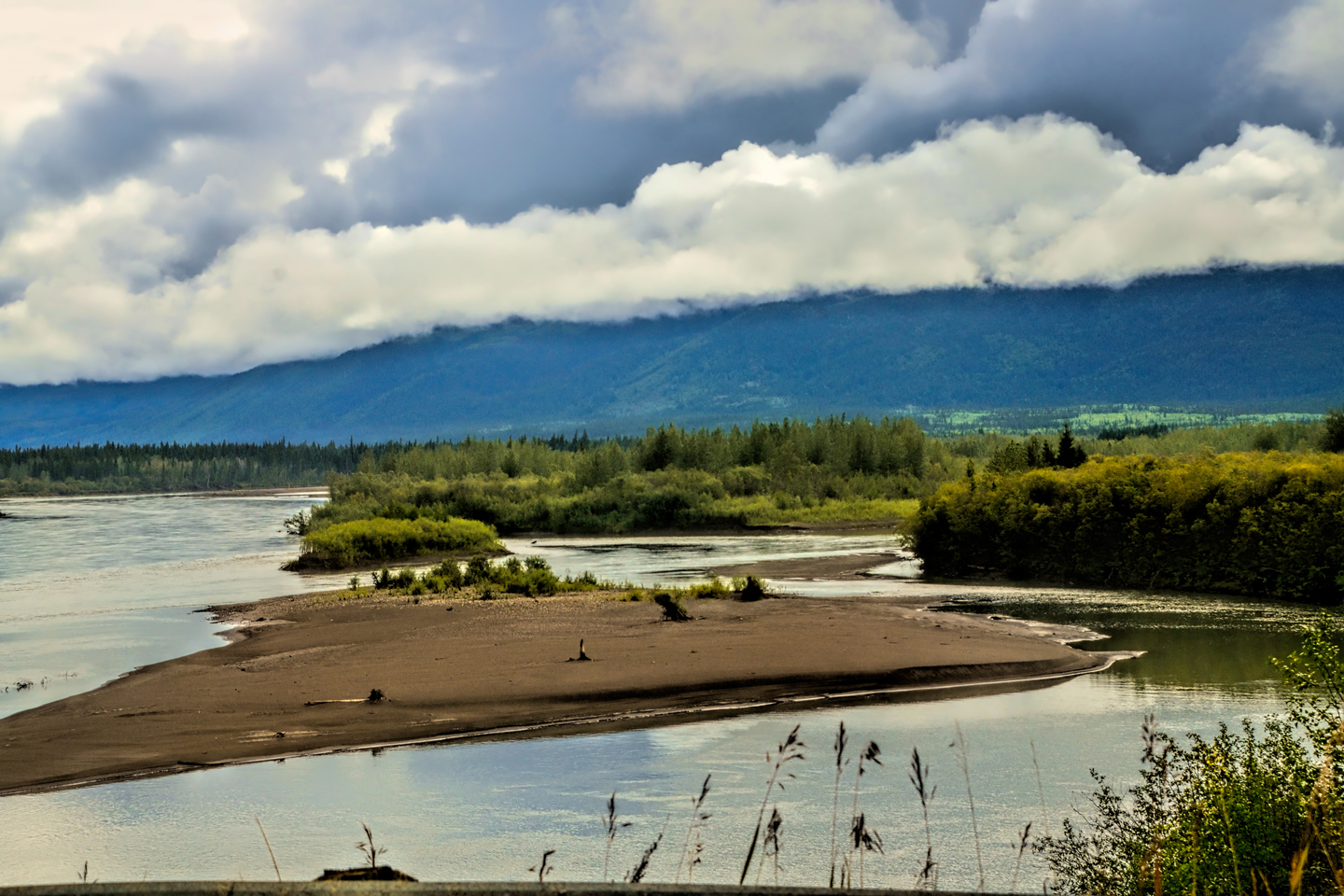
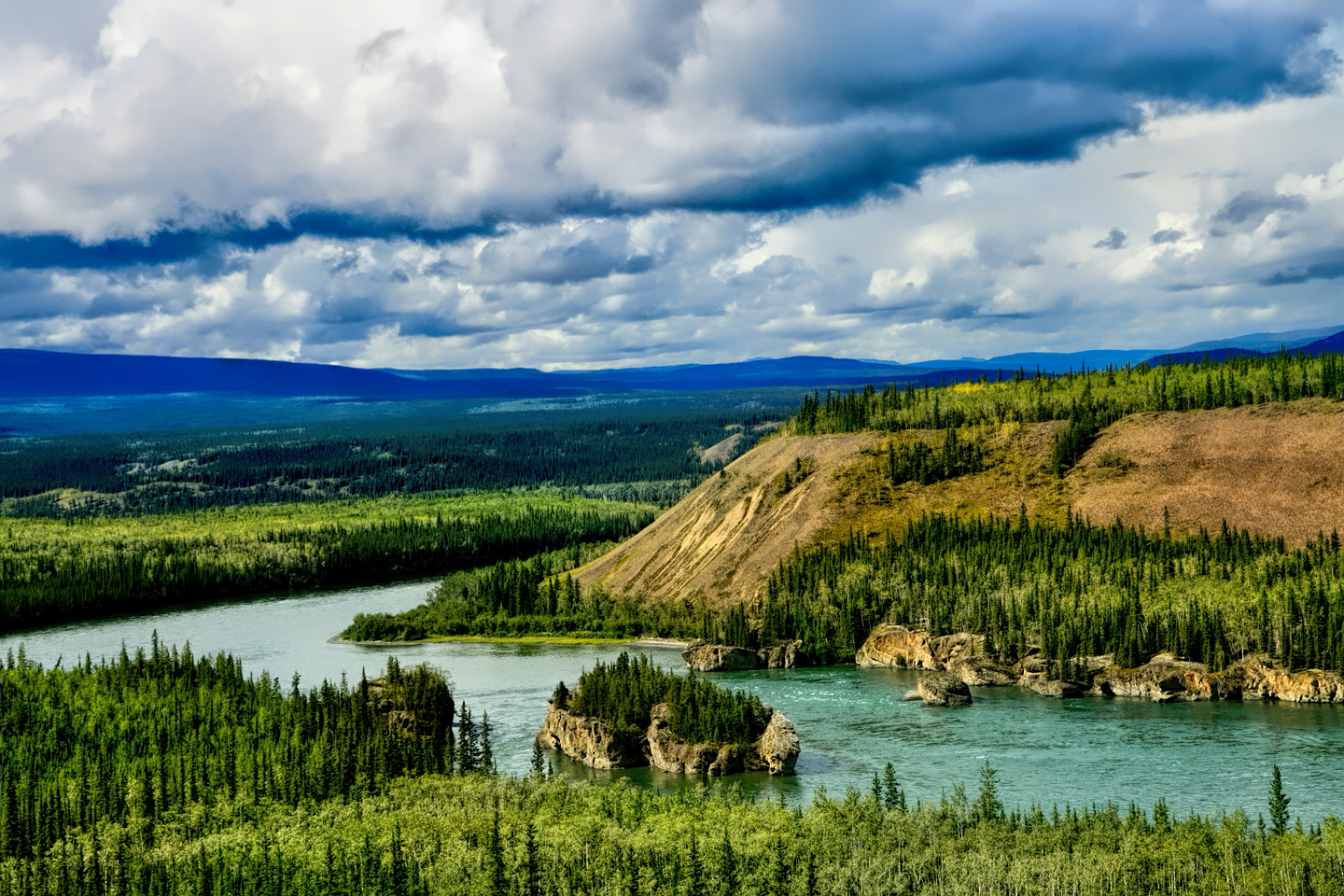
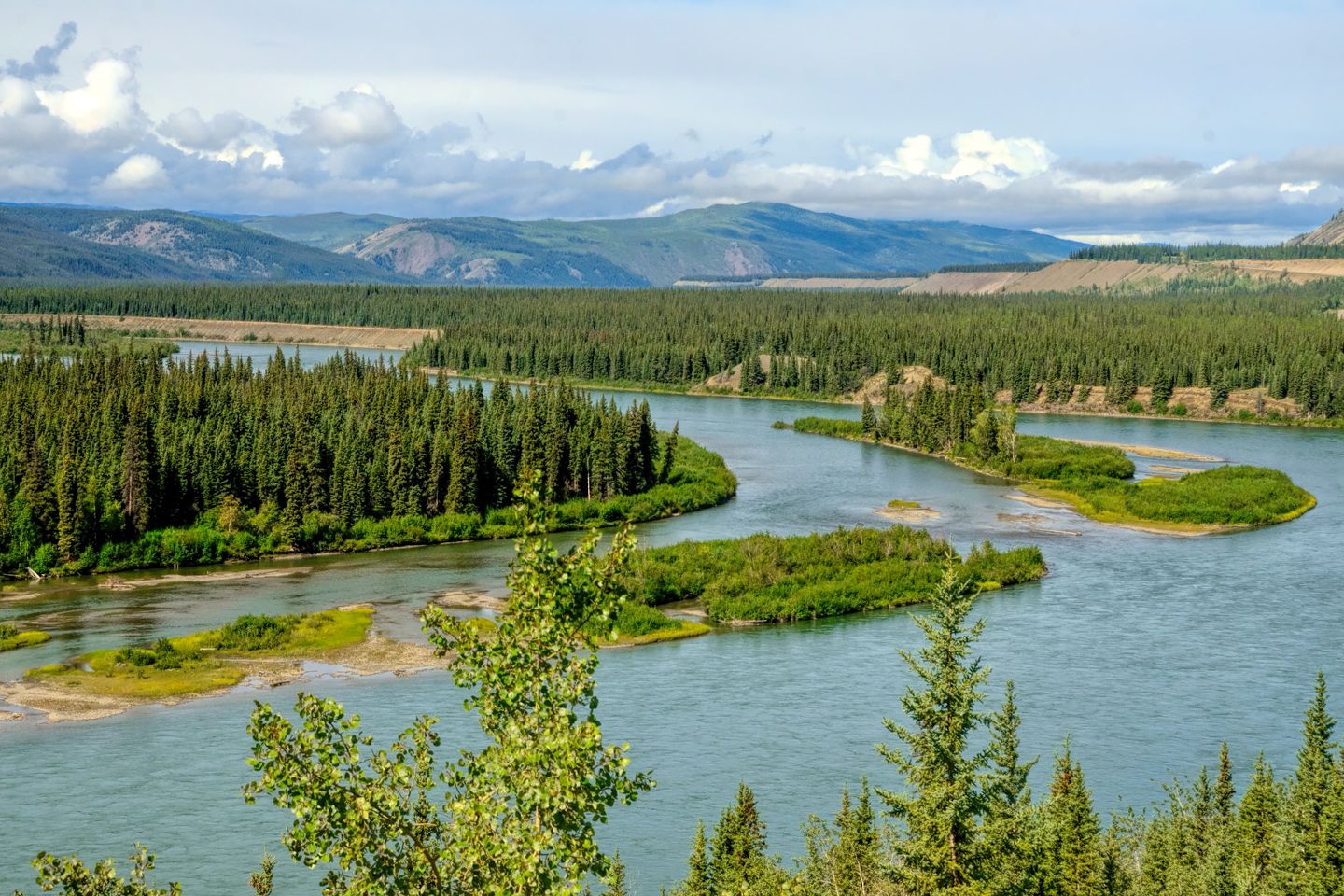
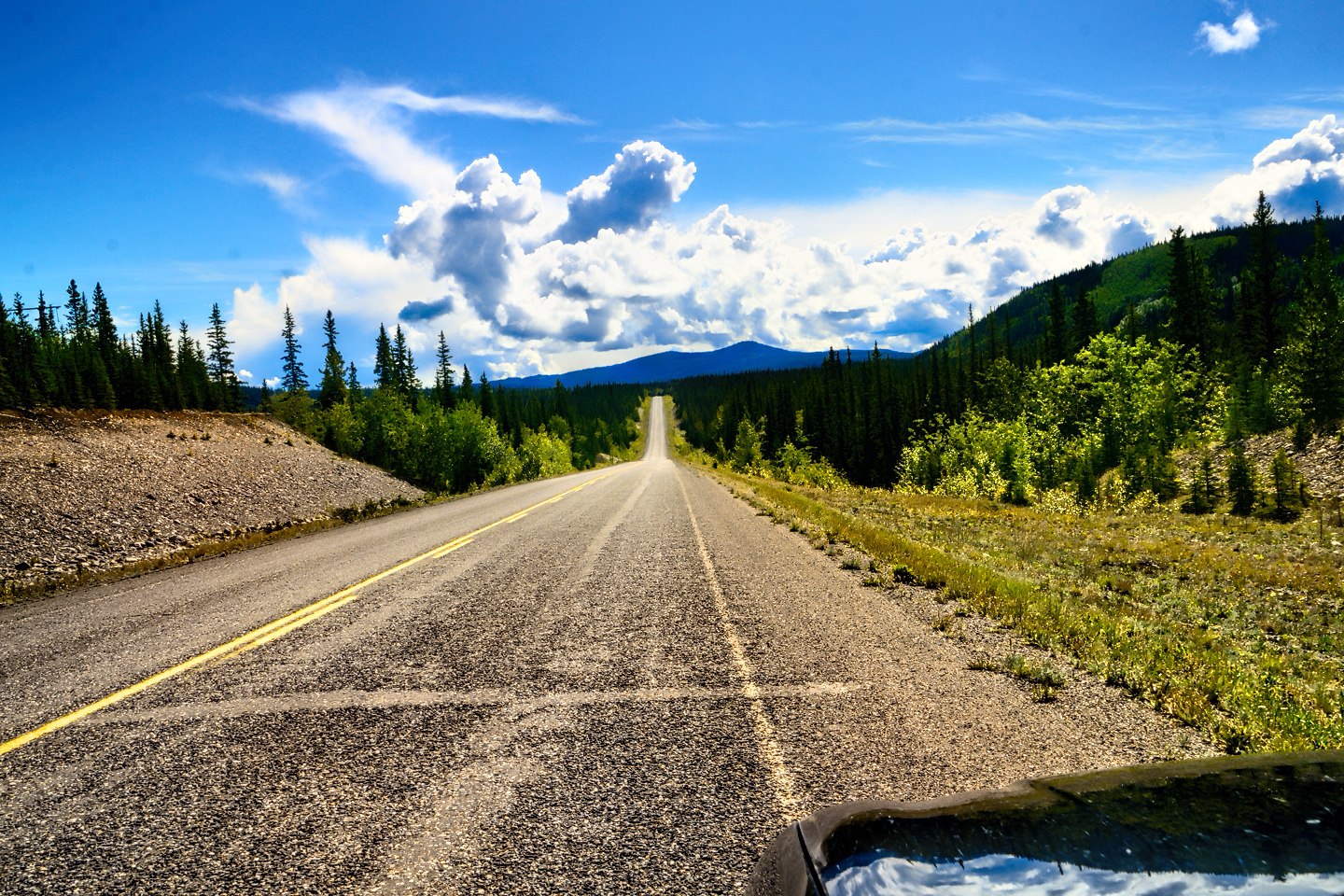
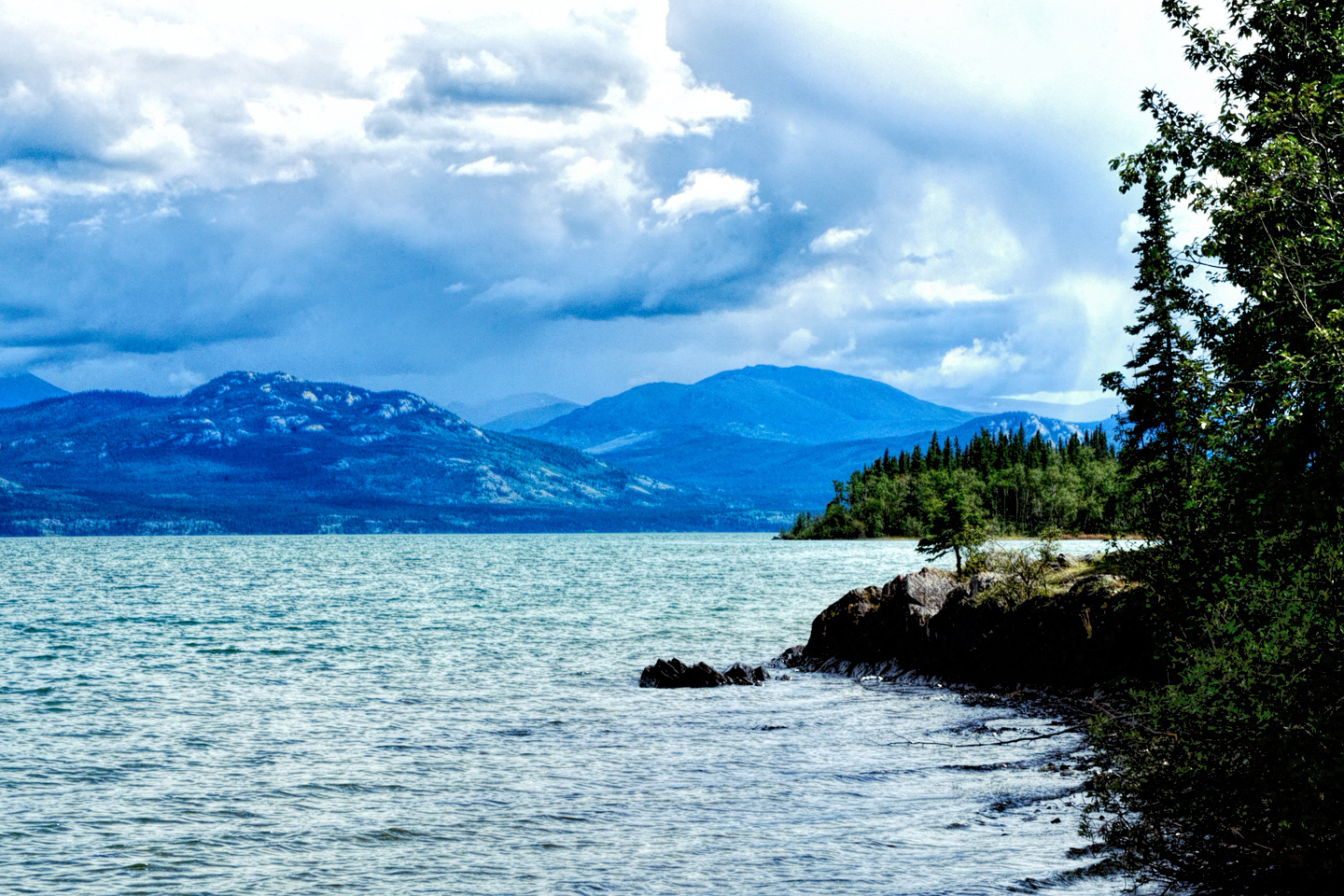
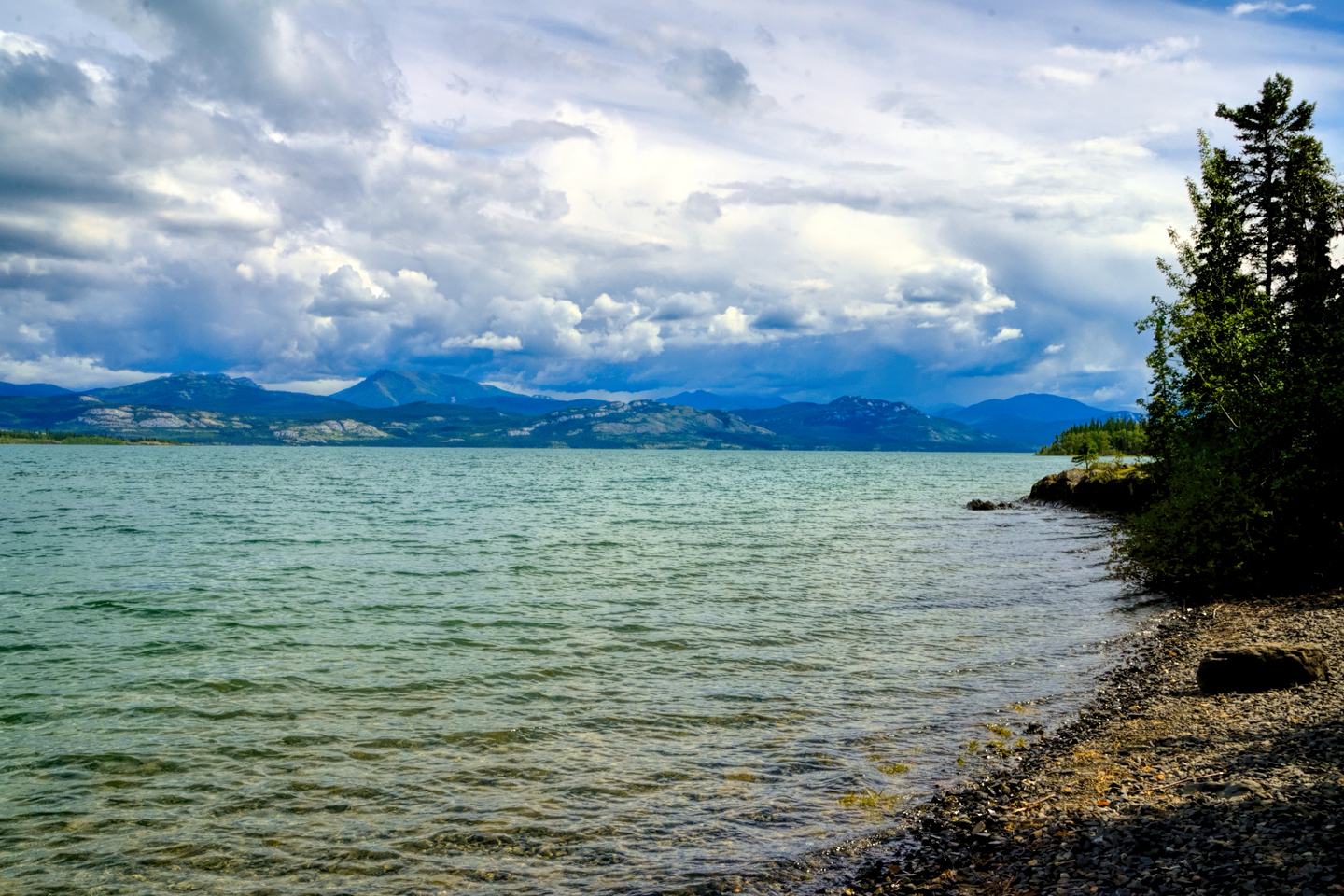
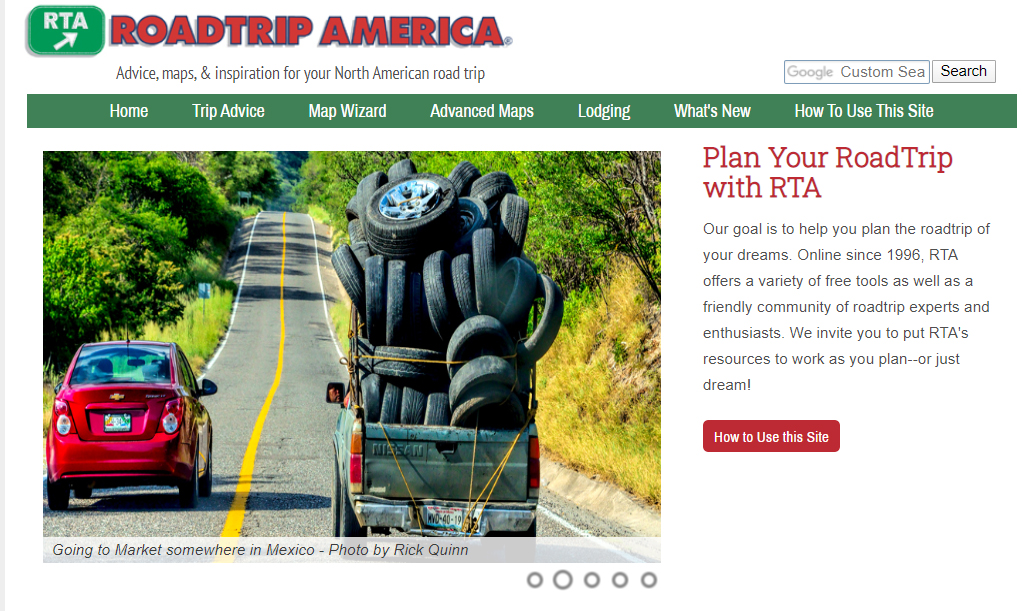
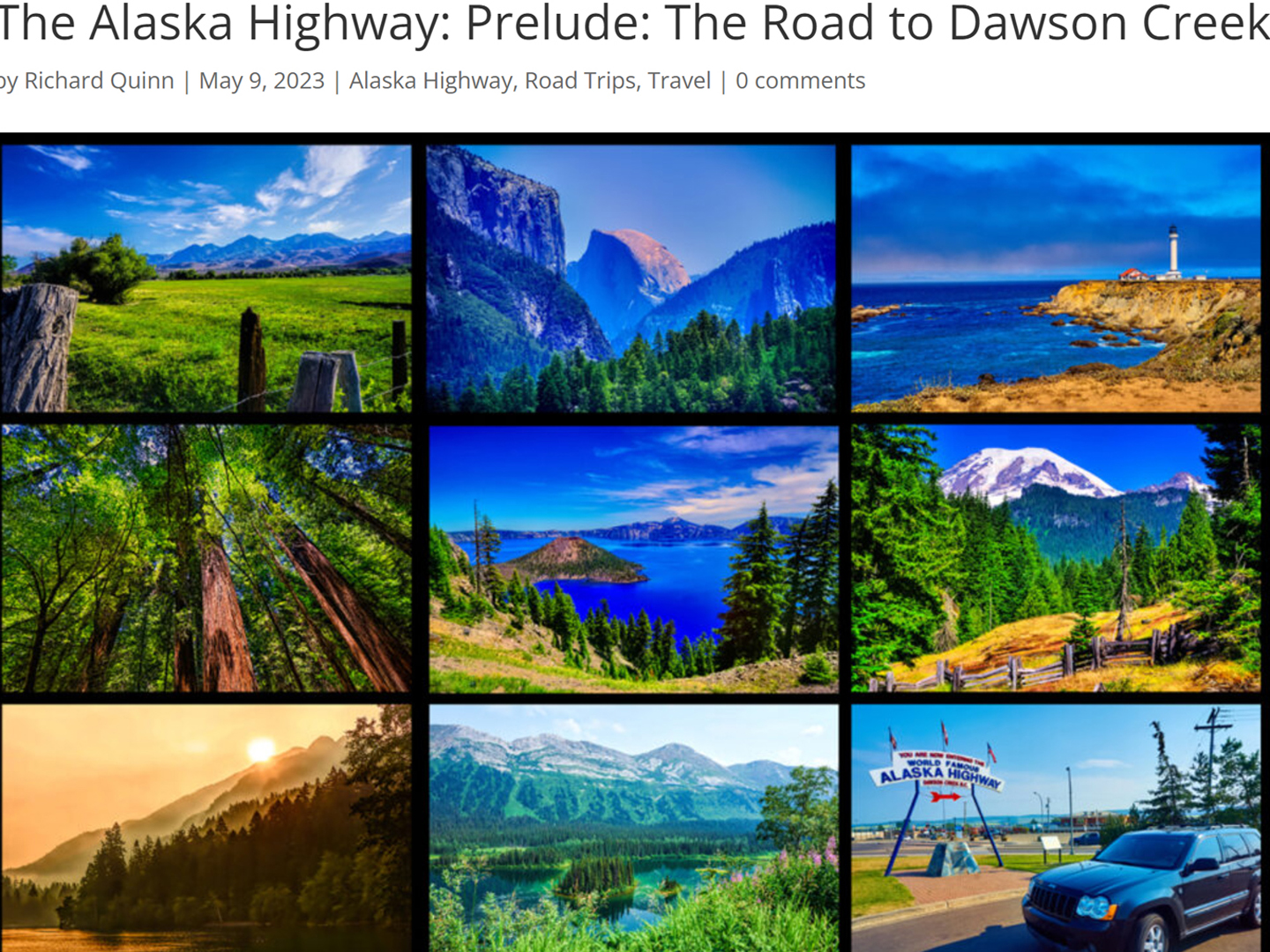
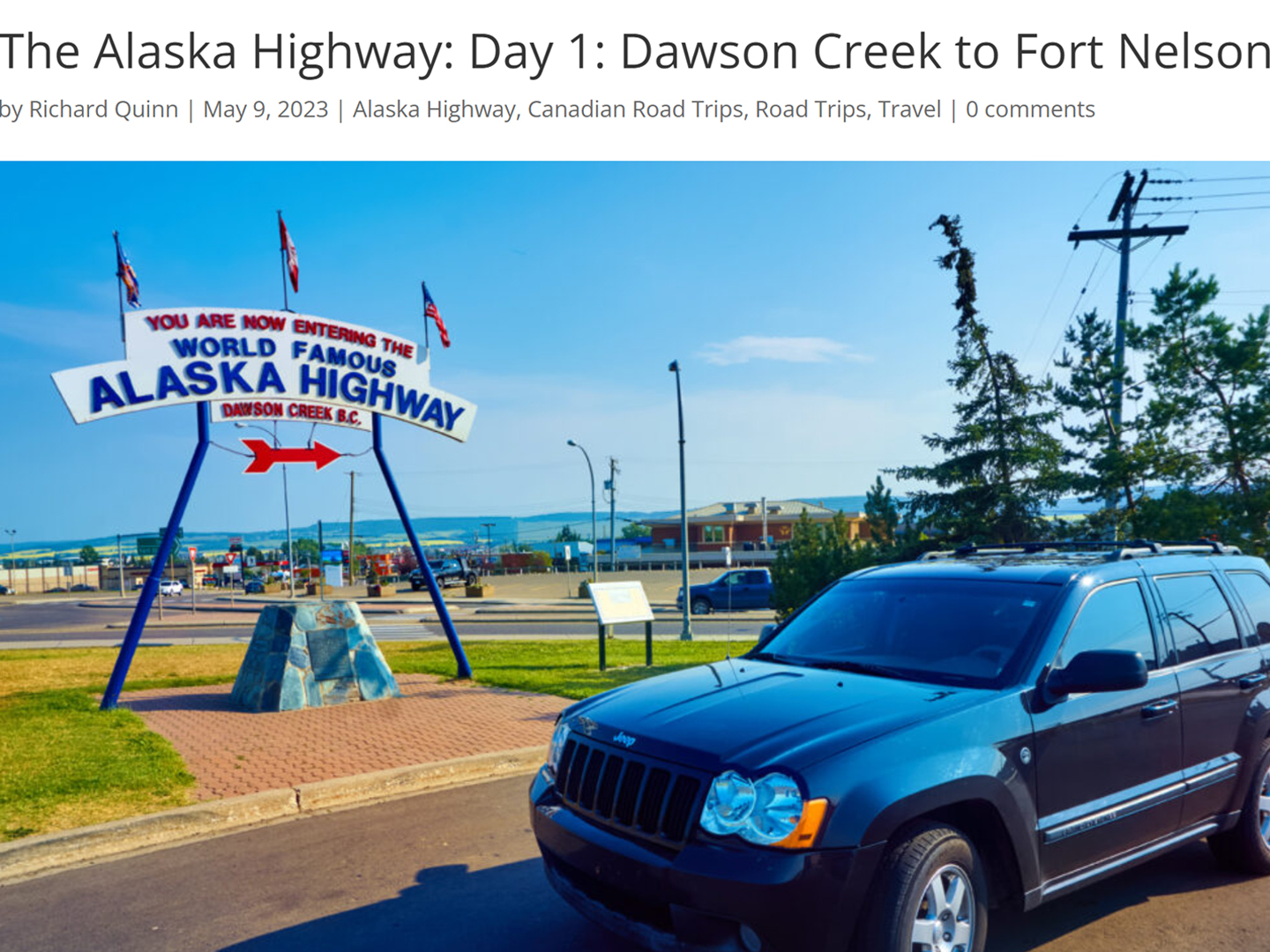
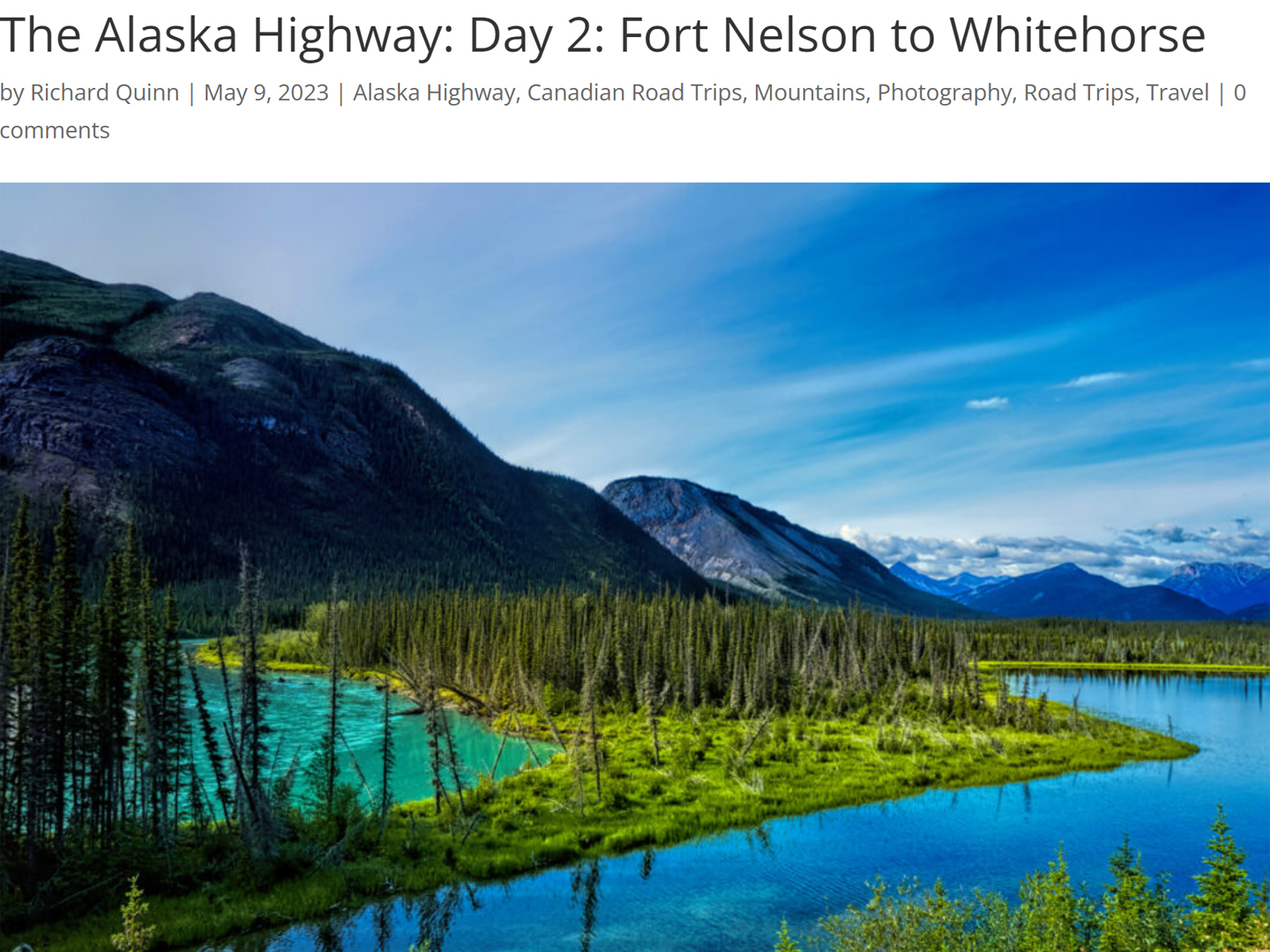
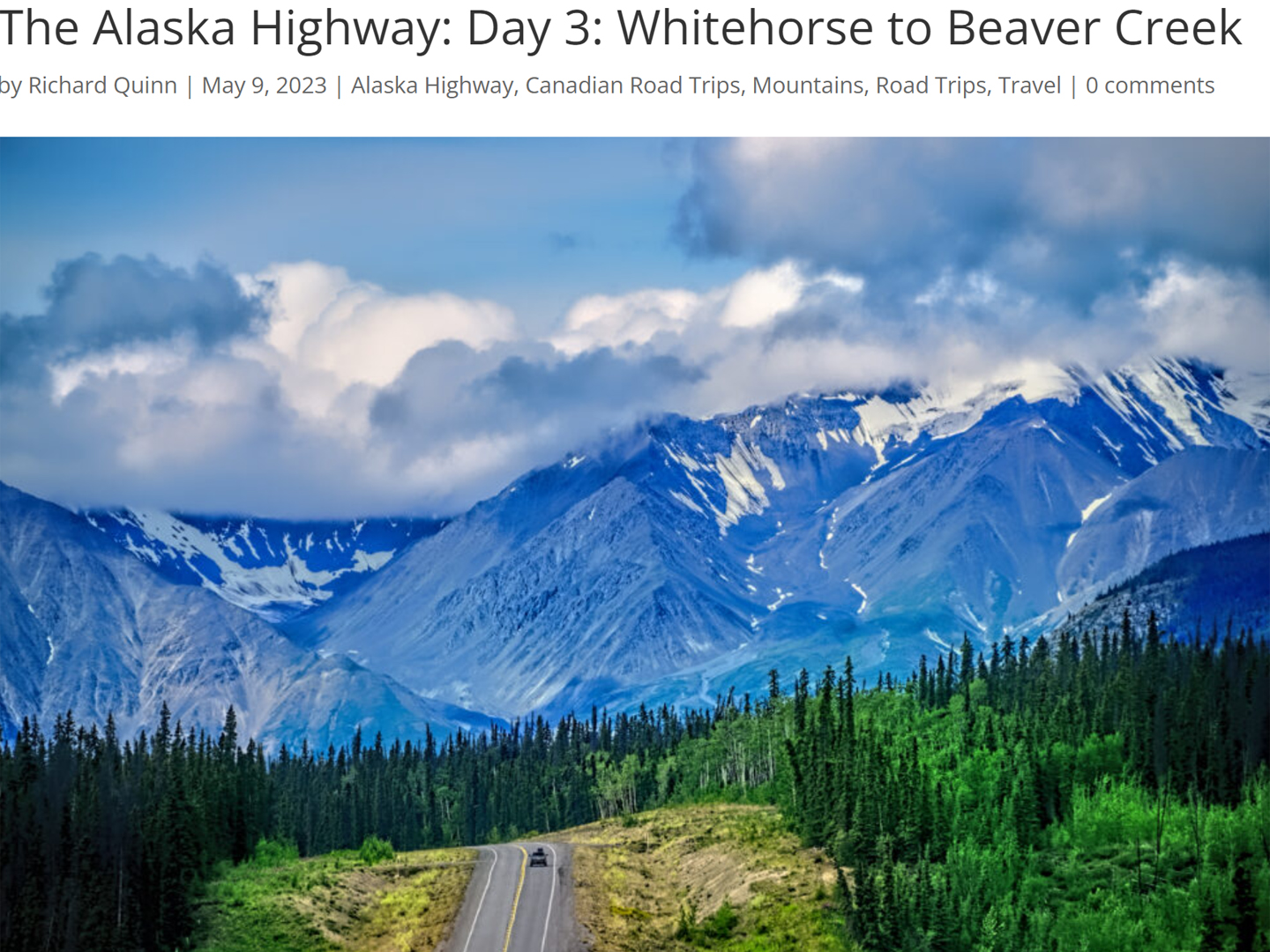
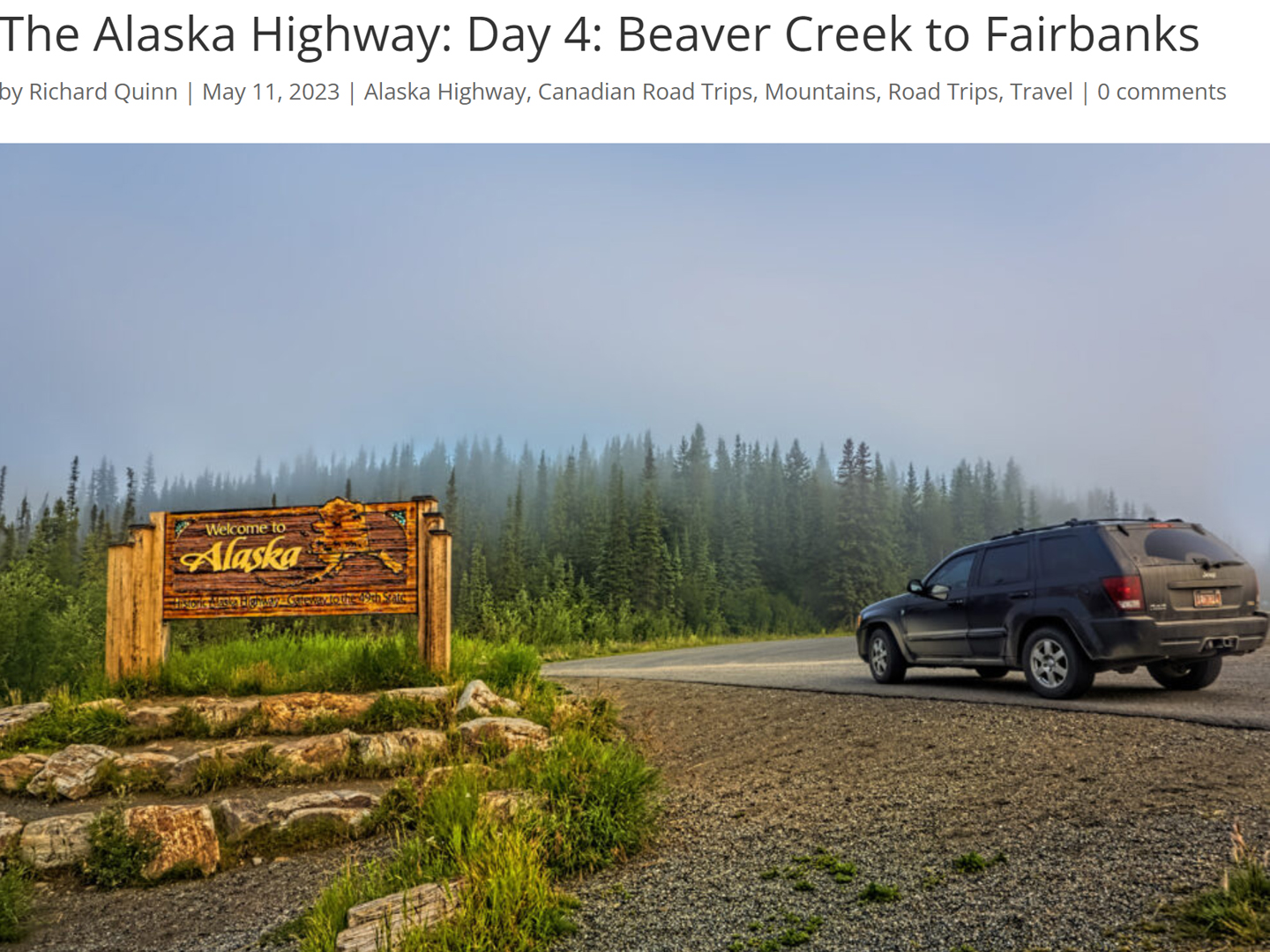
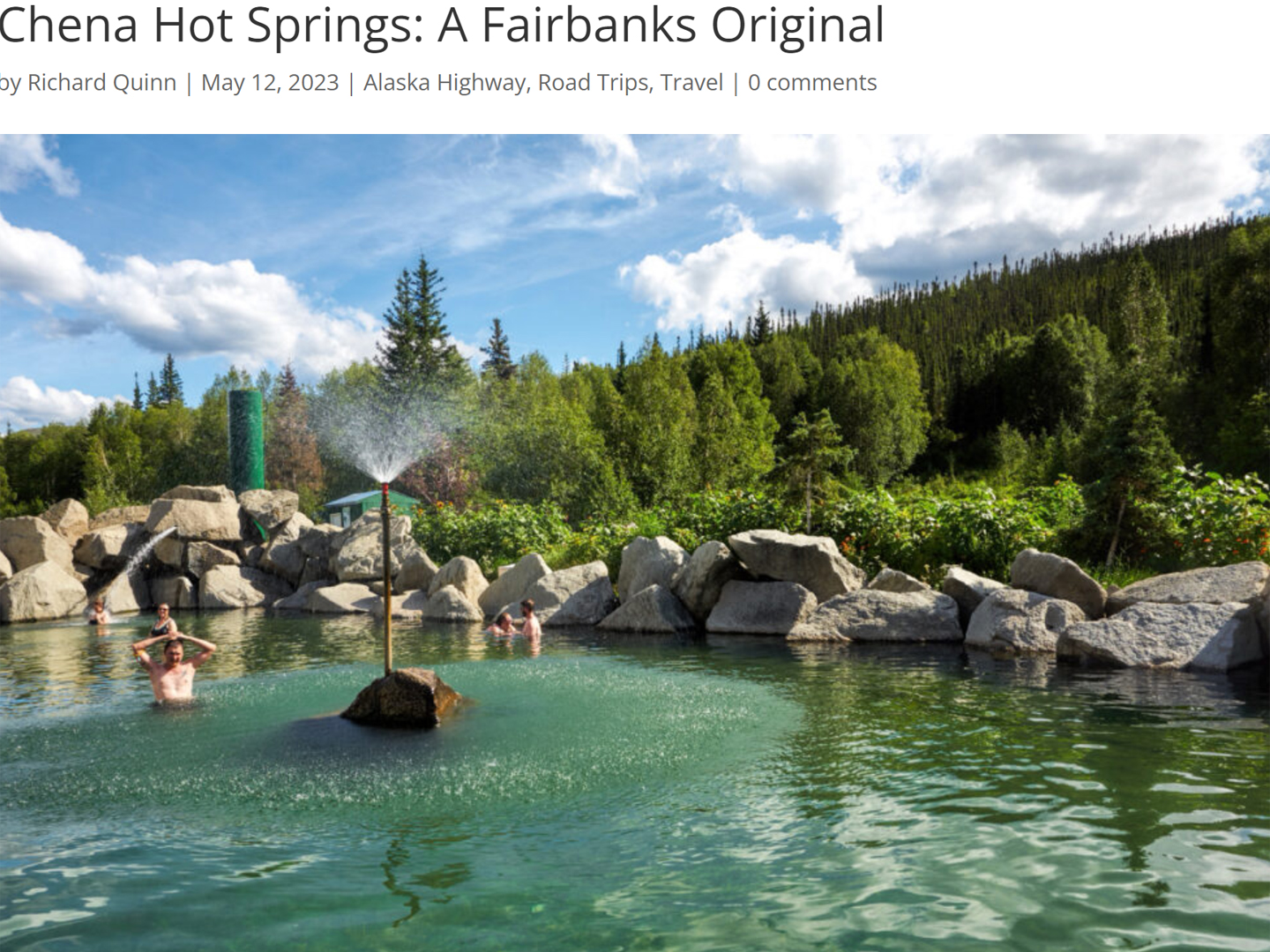
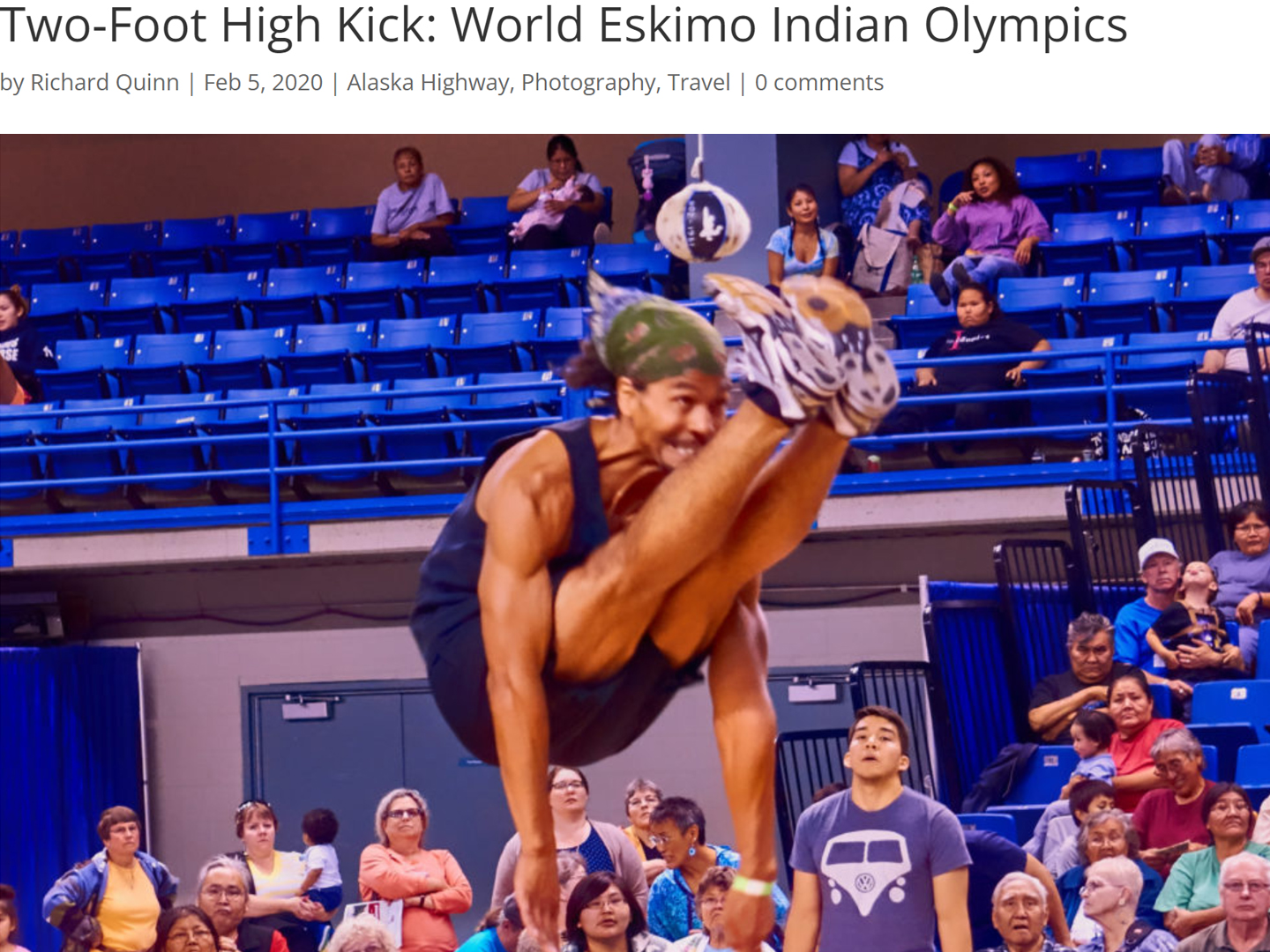
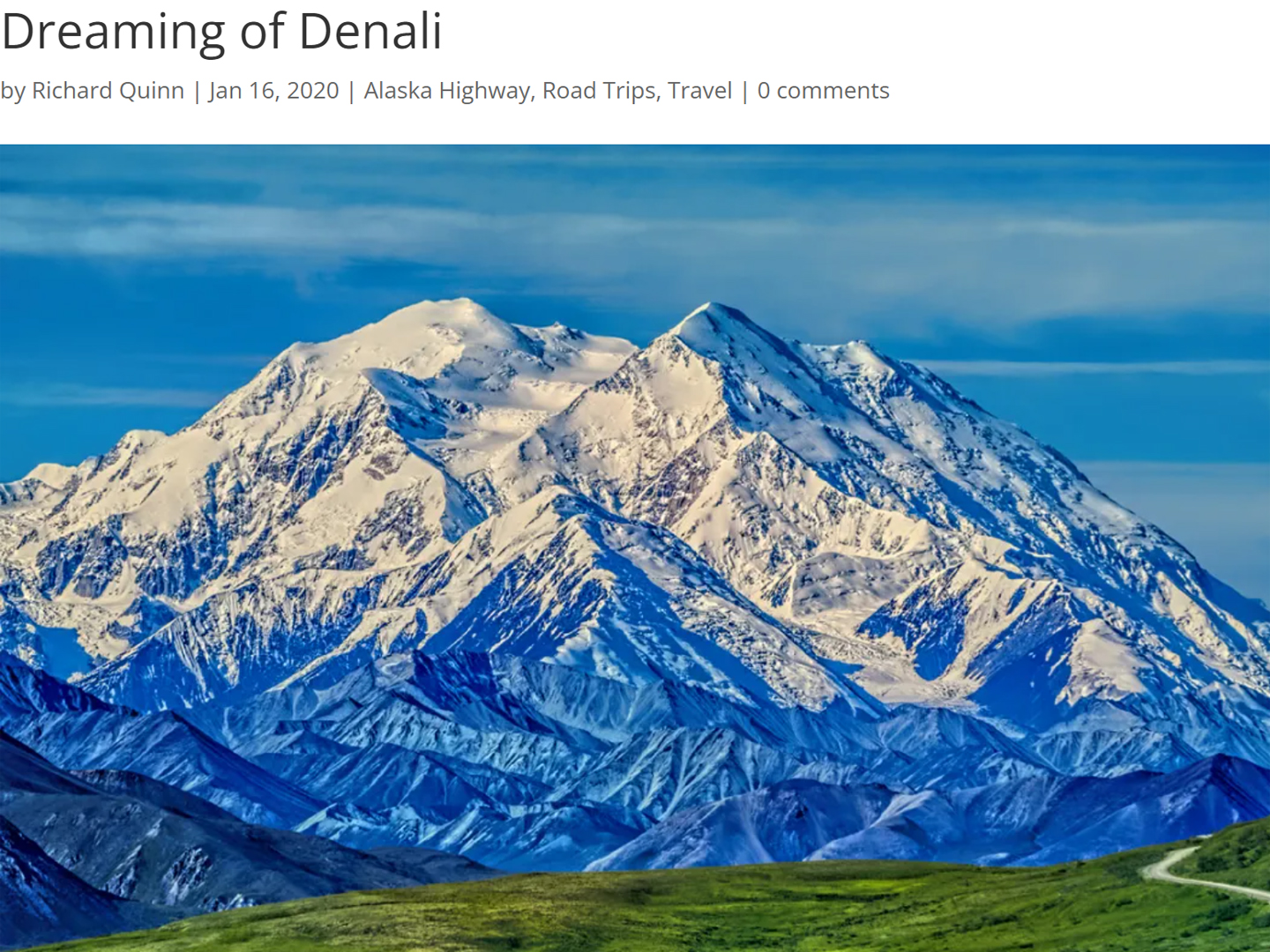
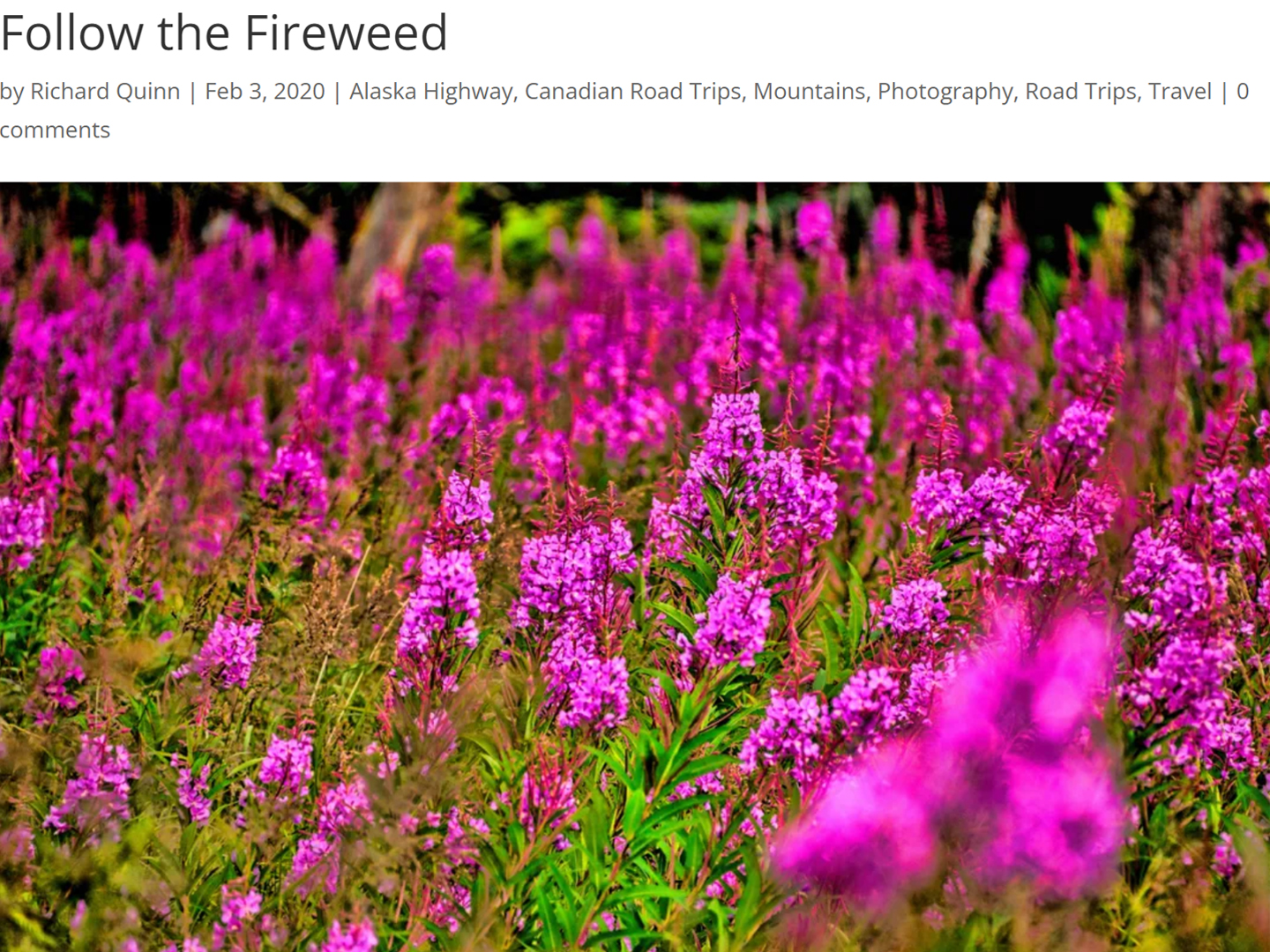
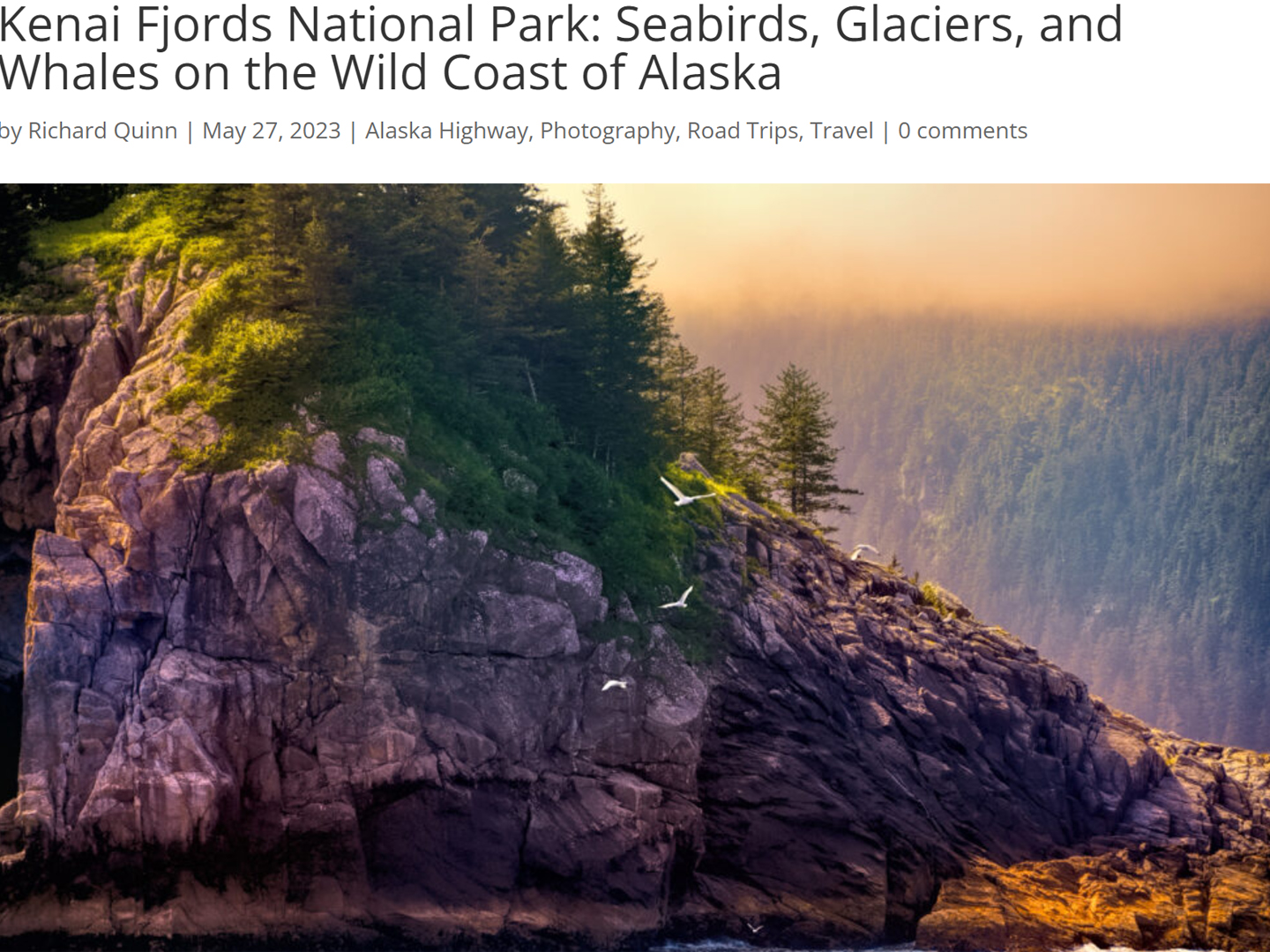
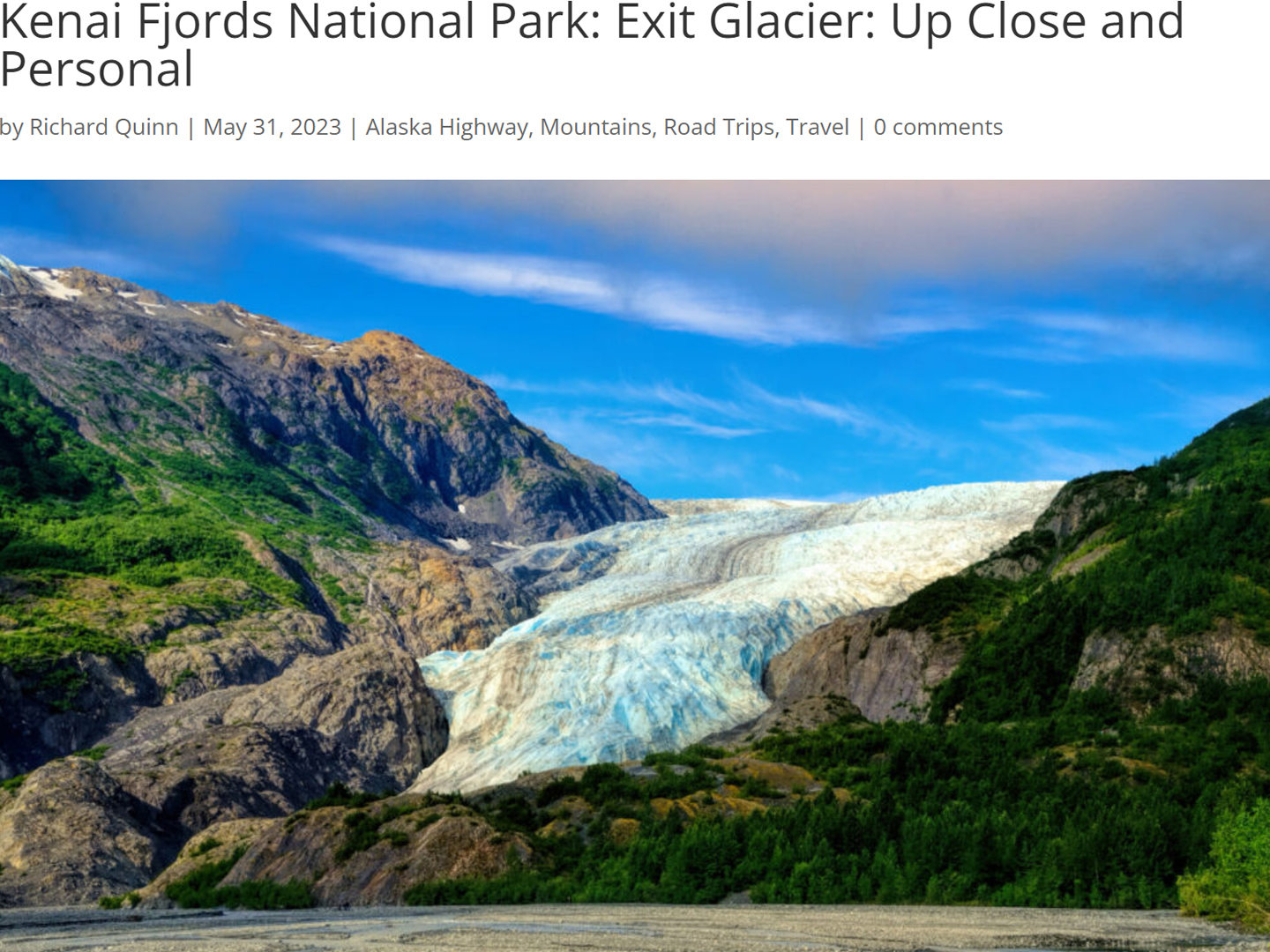
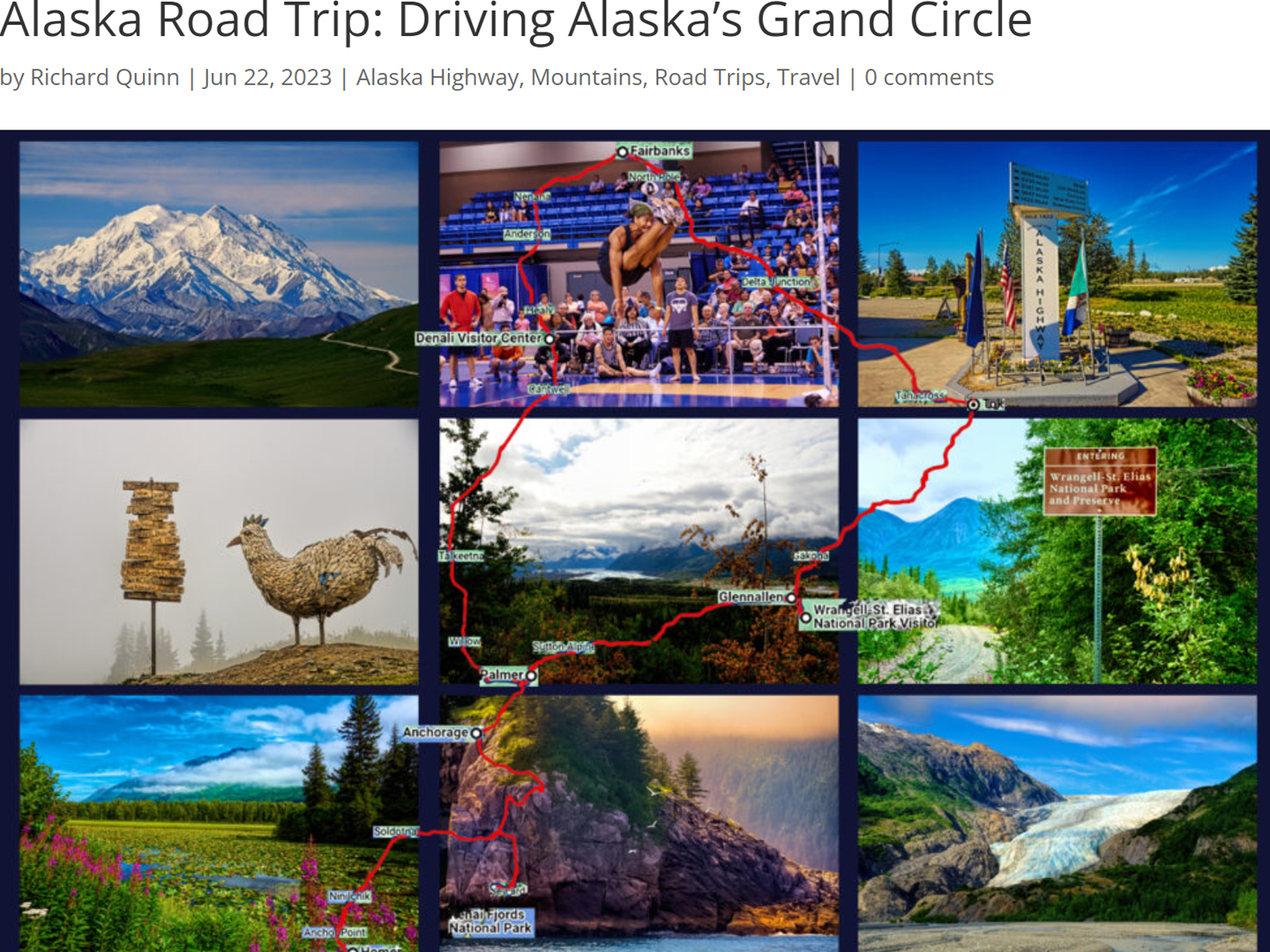
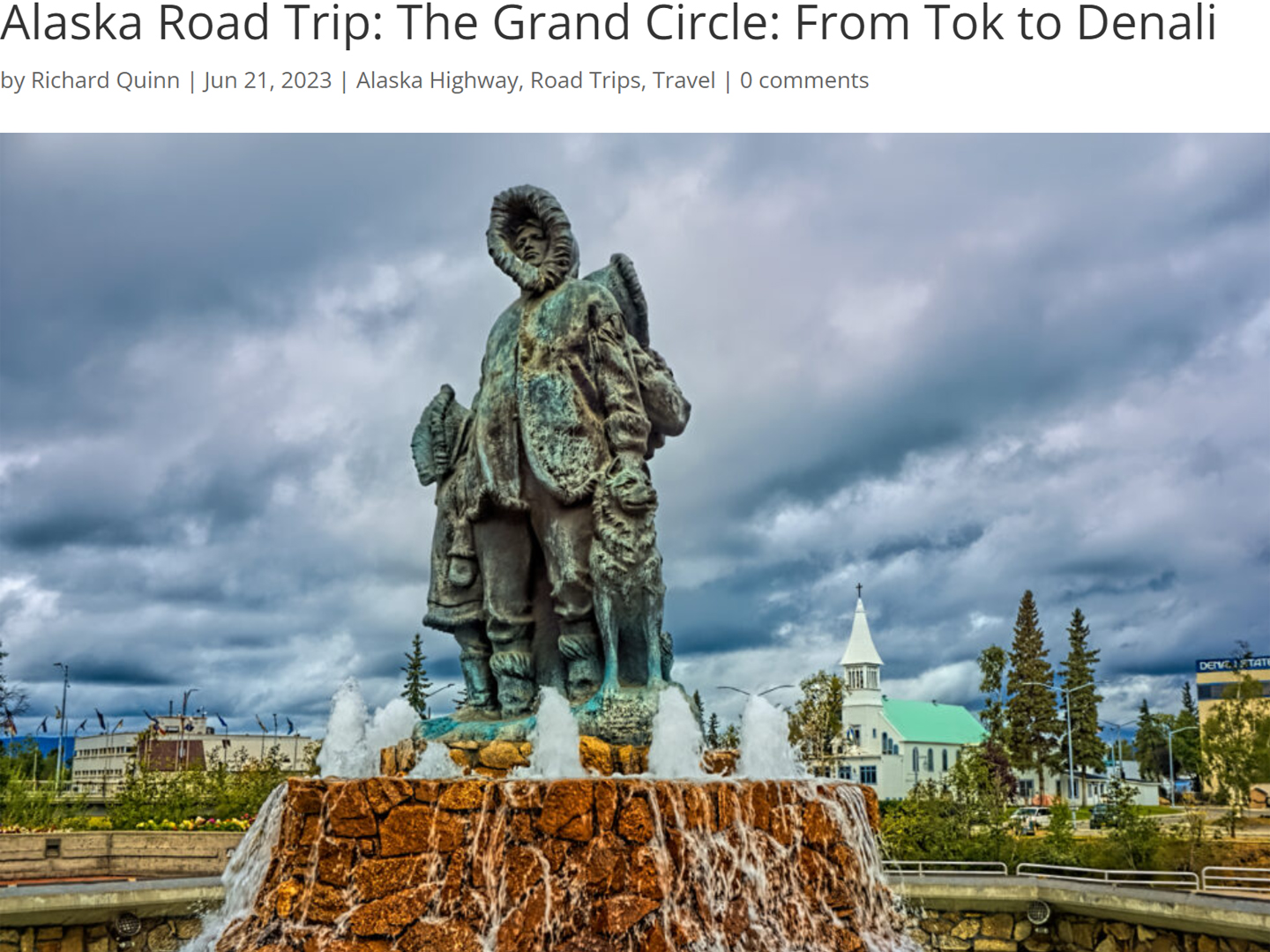

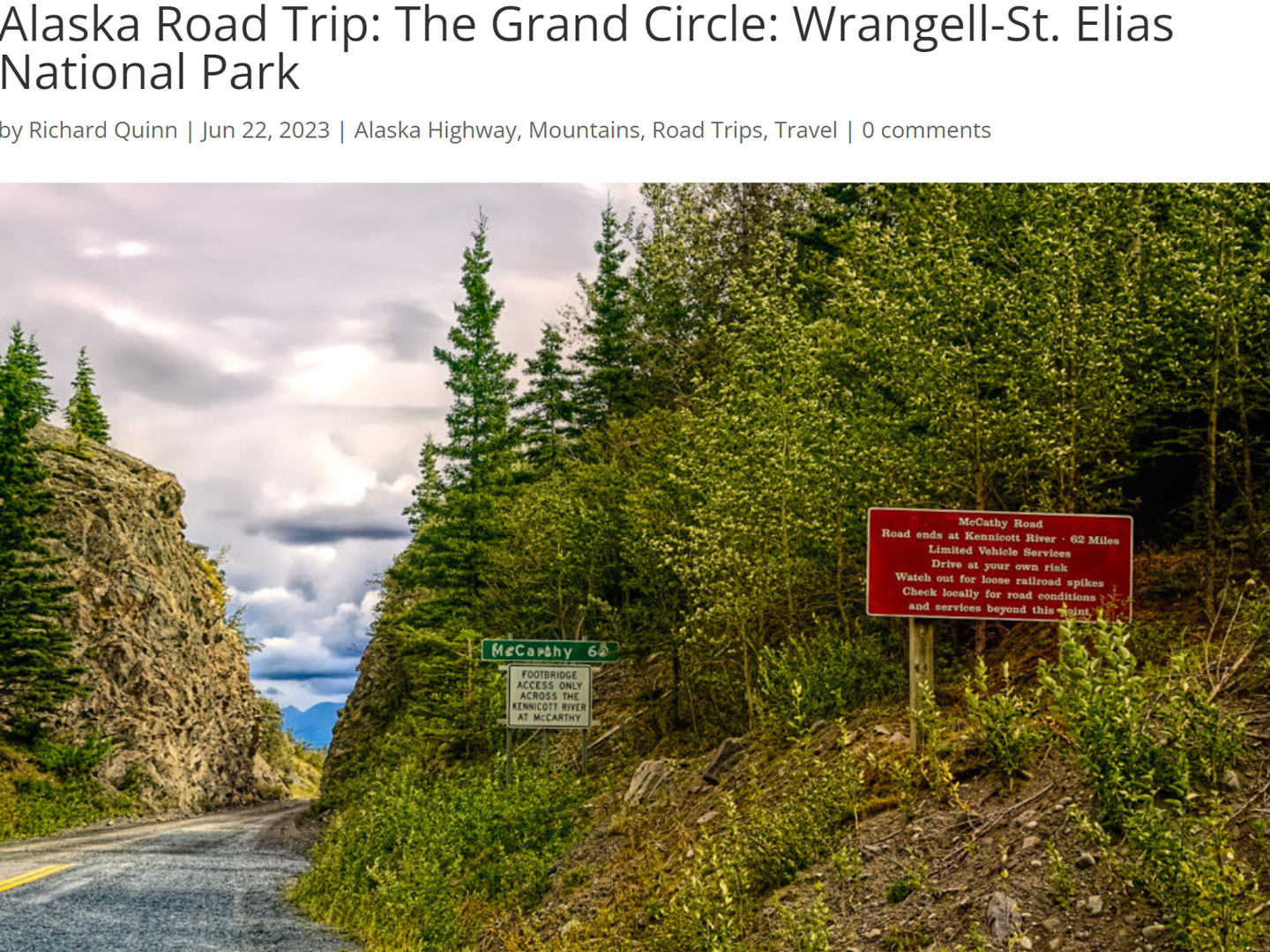
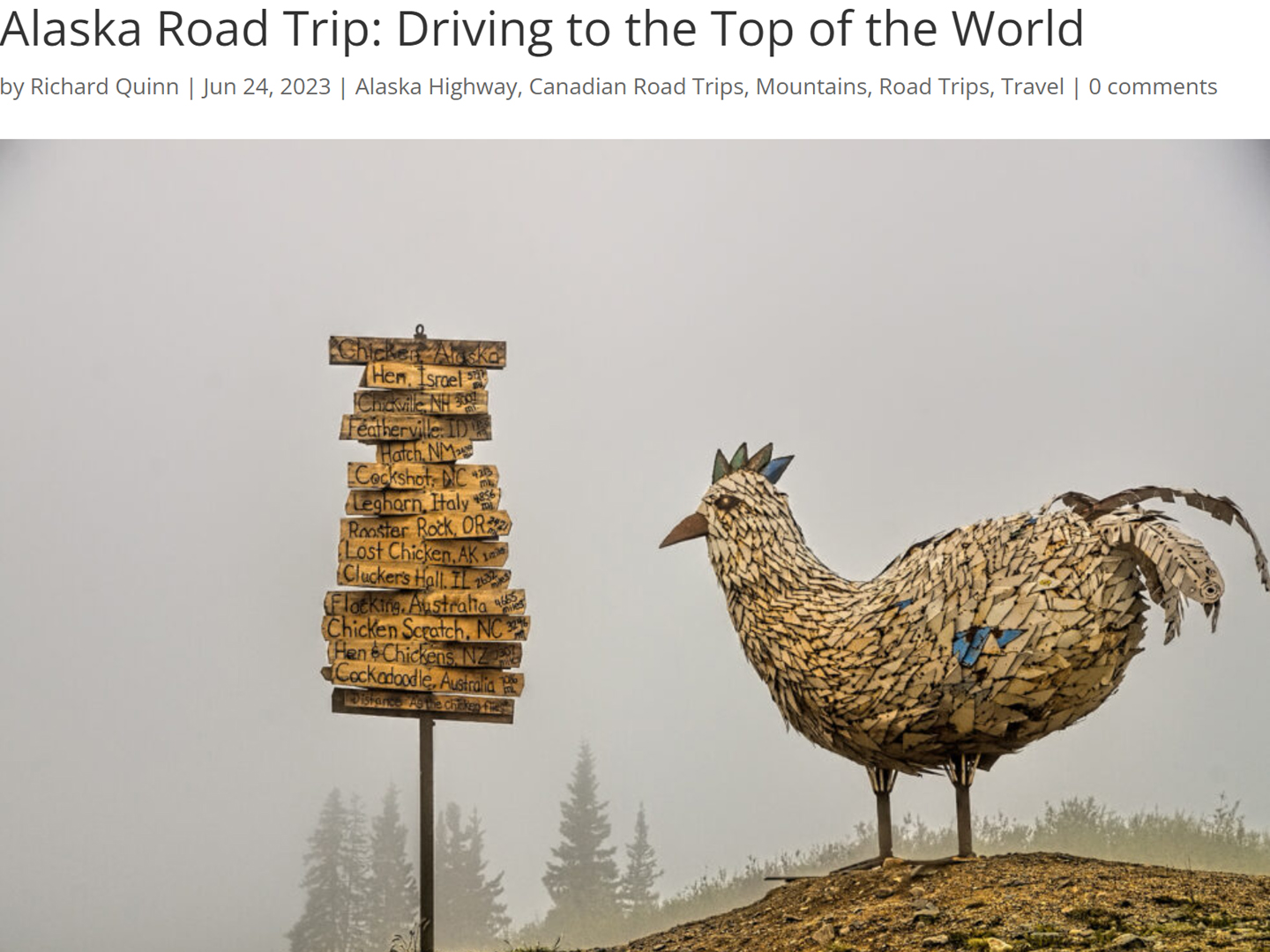


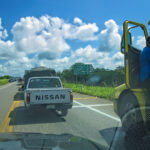
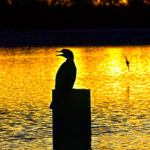
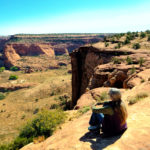
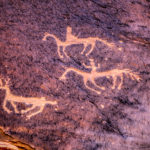
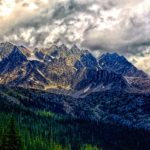
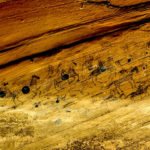
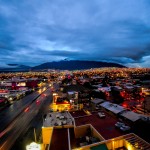
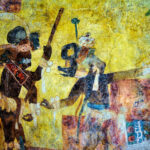
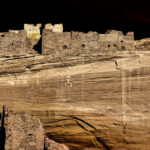
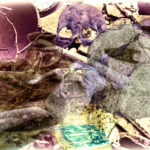
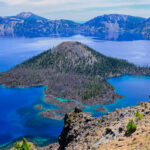
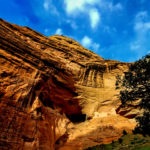
Recent Comments